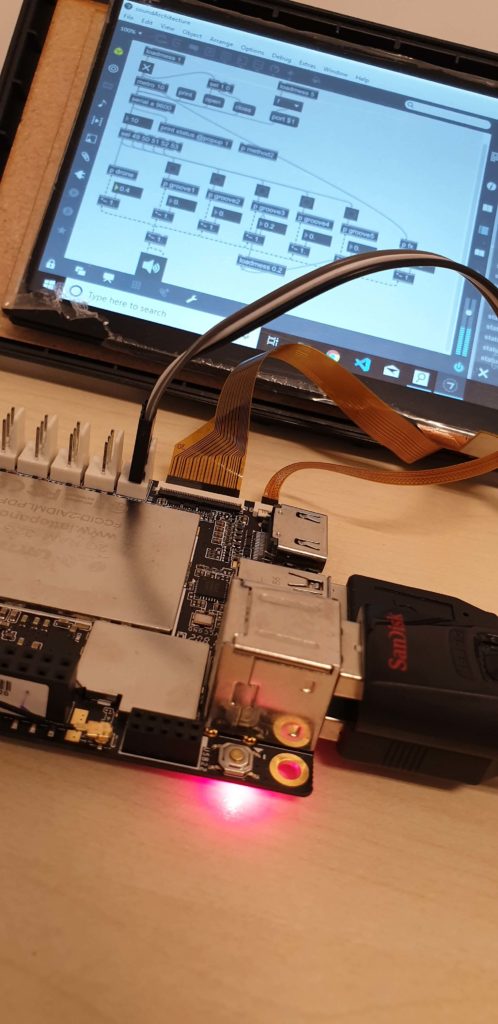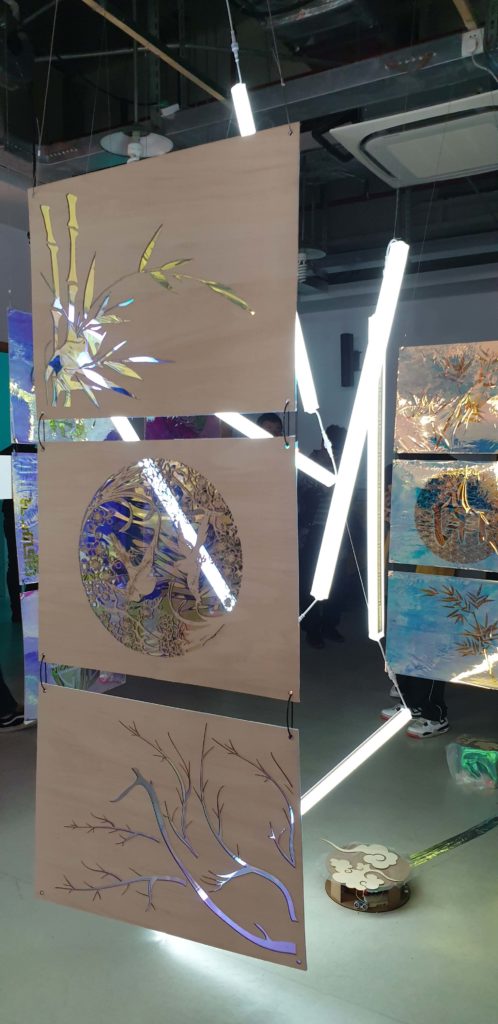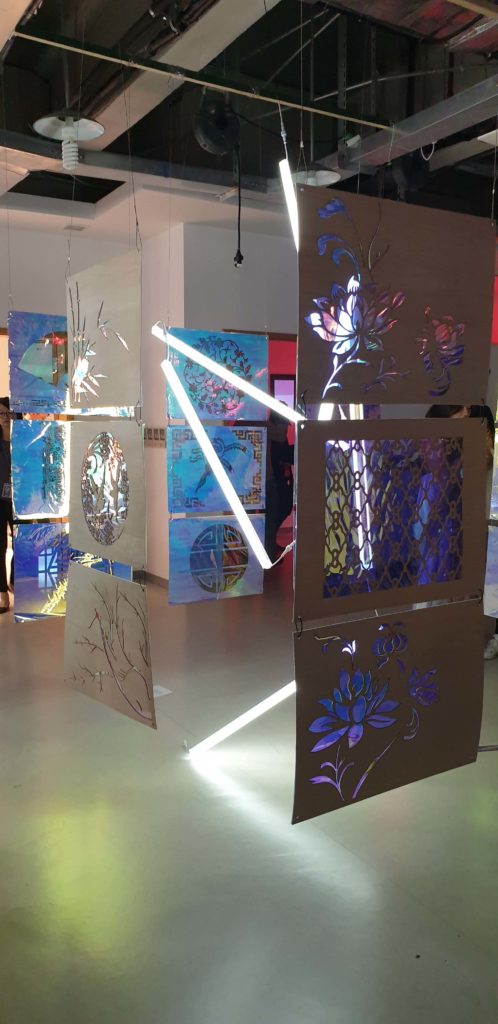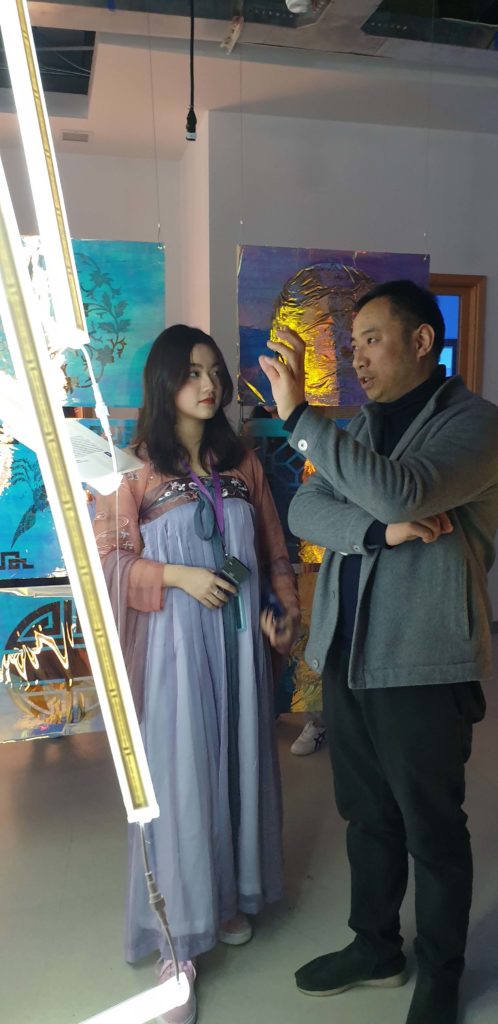Media Architecture (IMA NYU, Fall 2019)
This post describes the course “Media Architecture” that was offered in Fall 2019 in the programme Interactive Media Arts, at New York University (Shanghai). Below you may find the description, syllabus, bibliography, and students’ final projects. The course did not have any pre-requisites, so the students were a mix of 1st, 2nd, and 4th year of study. Final works were exhibited at the IMA Show on the 13th of December 2019 (NYU Shanghai campus, Pudong).
Course Description
Architecture has always been considered as an immediate extension of the human civilization, and its connection with state-of-the-art technologies has always been essential. In our current highly mediated and augmented environments, architecture shifts from static, solid, and predefined, to a fluid, interactive, and ever-changing. Computational, interactive, and media technologies challenge our understanding of what architecture is, redefining our engagement with exterior and interior spaces.
The course investigates the area of media architecture from a contextual and critical perspective, examining and implementing in theoretical and practical scenarios current emerging trends. Students are expected to develop a comprehensive understanding of media architecture, to thoroughly investigate the media cityscape (including motivations, social implications, technological requirements), and to develop installation work that utilizes contemporary media development practices and demonstrates artistic, technological, and scientific rigor.
Syllabus (in brief)
Session 1: Introduction to Media Architecture
- Course introduction – Description, details, explanations, assignments
- Class learning objectives
- Selected examples of Media Architecture – Descriptions, videos, documentation
- Definitions: Media, Architecture, Media & Architecture
- Theses: Virtuvius, Gaston Bachellard, Frank Lloyd Wright
- A historical overview: From caves to shopping malls
- Short screening: “Malls R Us”
- Forms of Media Architectures (examples): Augmented, Kinetic, Immaterial
- Class Exercises: (1) Media Architecture Analysis, (2) Conceptual Interventions
- Summary & Conclusions
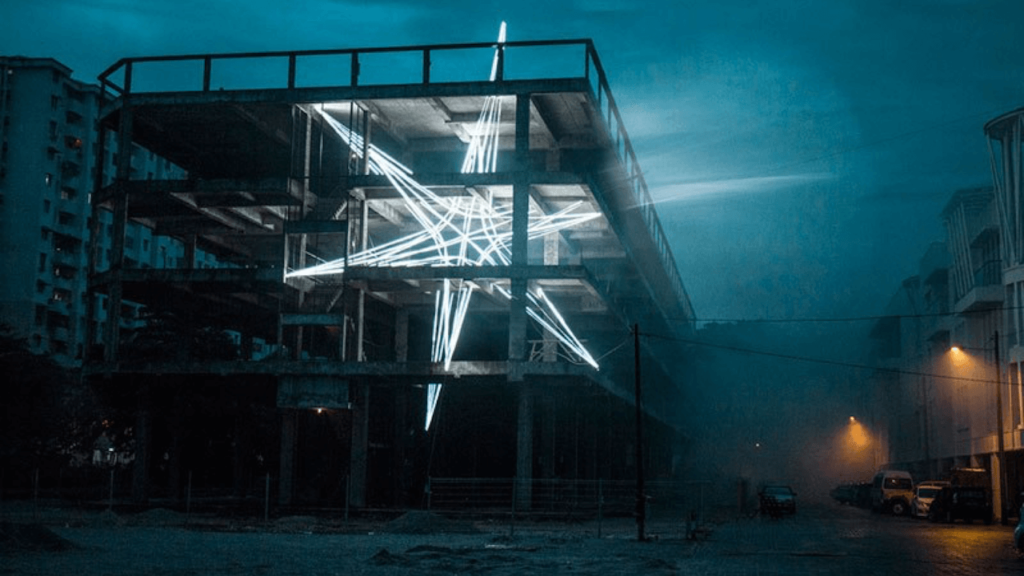
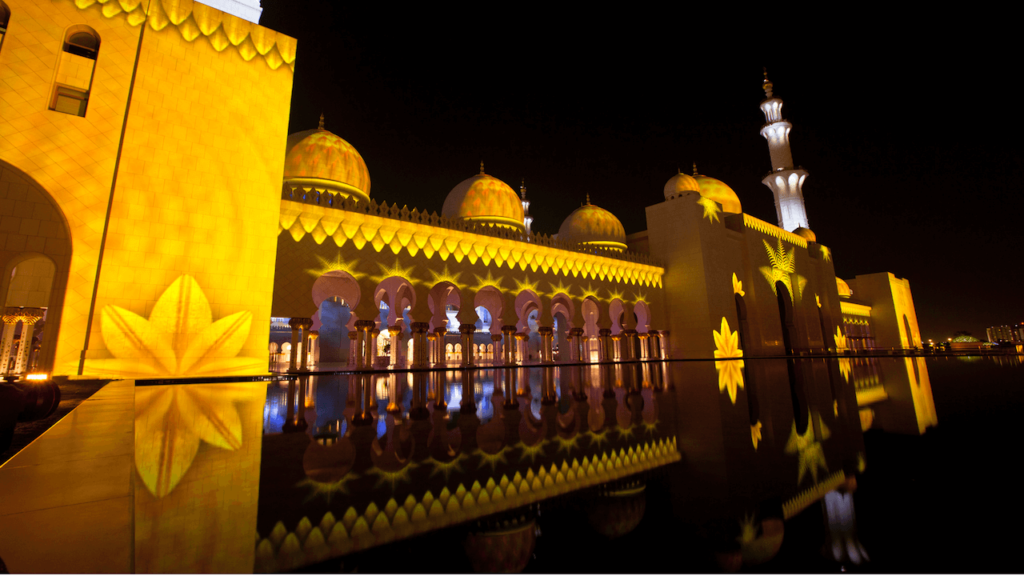
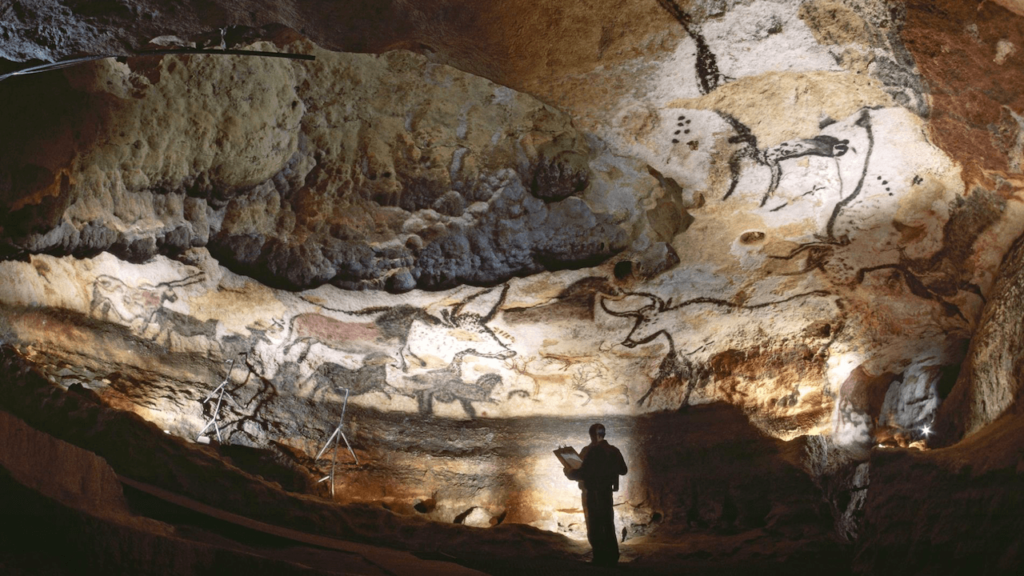
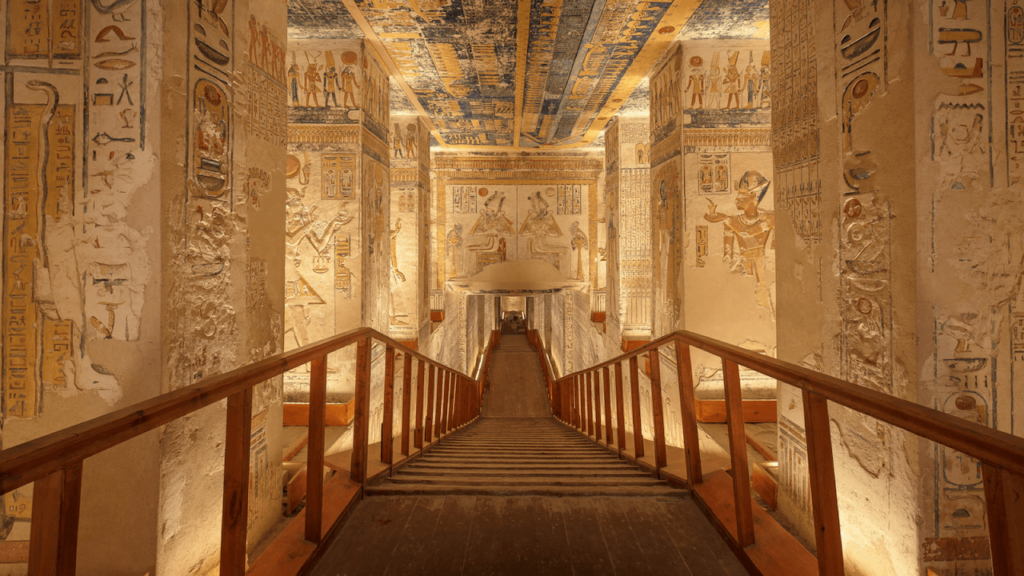
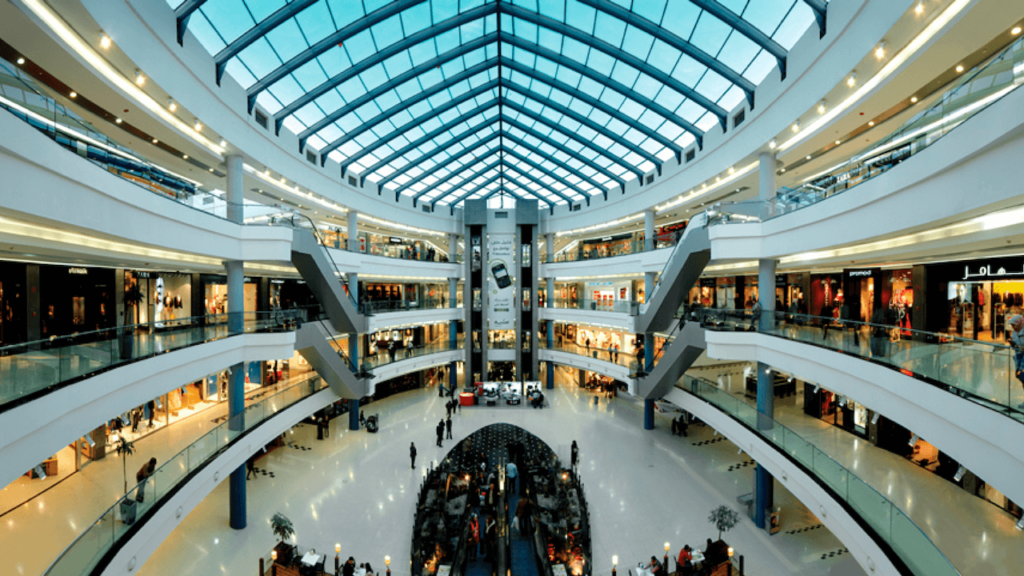
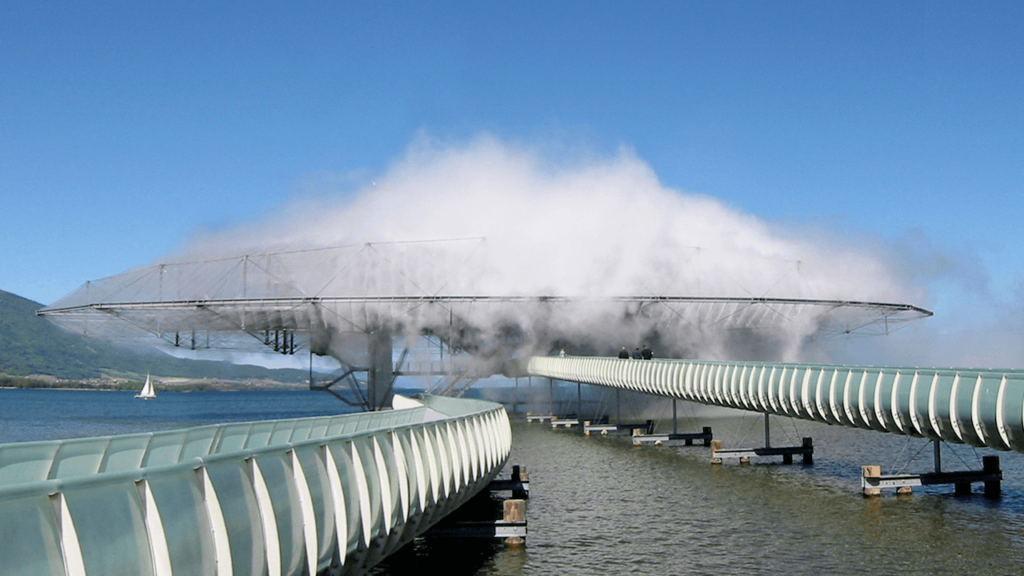
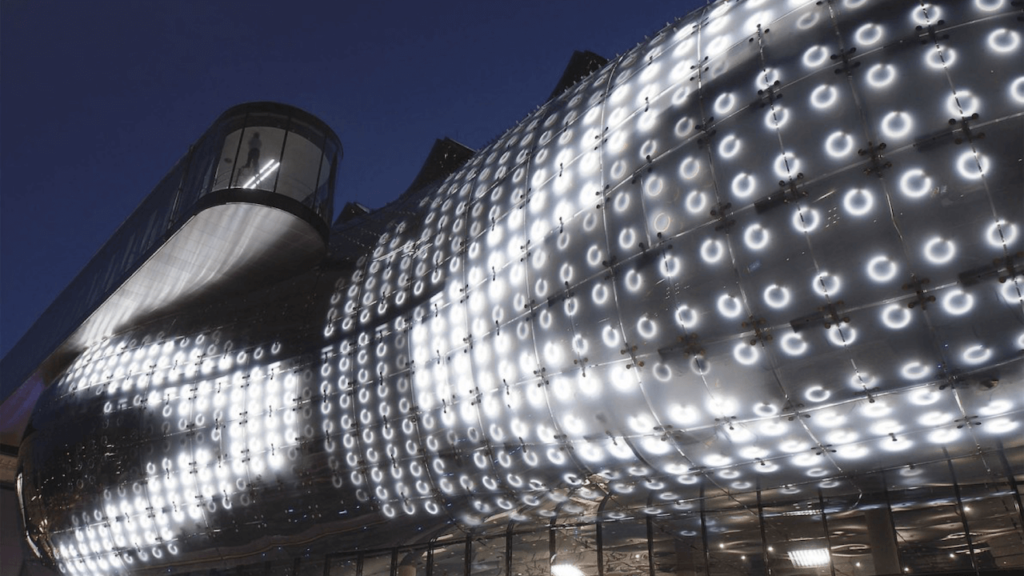
Session 2: Installations
- Class learning objectives
- Definitions: Installation Art
- 500 years of Art in 5 minutes: Renaissance, Romanticism, Impressionism, Expressionism, Cubism.
- Marcel Duchamp, Dada and readymades: Redefining art
- Kurt Schwitters’ Merzbau
- The Environments of Allan Kaprow
- Conceptual Art: Definition, short screening
- Selected examples of Contemporary Artists – Descriptions, videos, documentation
- Experimental Installations
- Short screening: Ai Weiwei – Remembering
- Summary & Conclusions
- Guest Lecture: Installation Art Practice, with Monika Lin (Area Head of Arts, NYU Shanghai)
- Workshop: Introduction to Digital Fabrication – 3D printing, laser-cutting, CNC, wood workshop
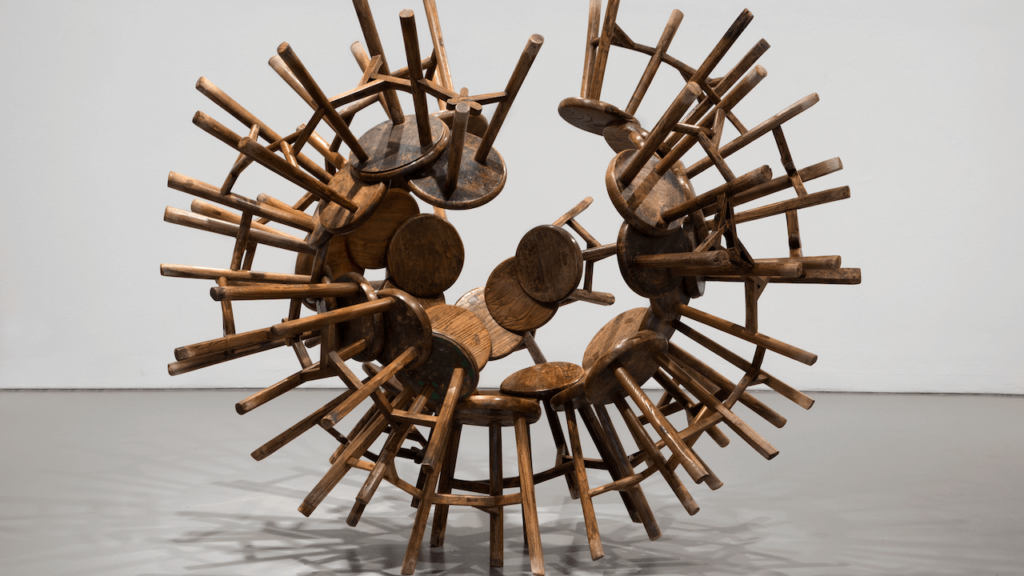
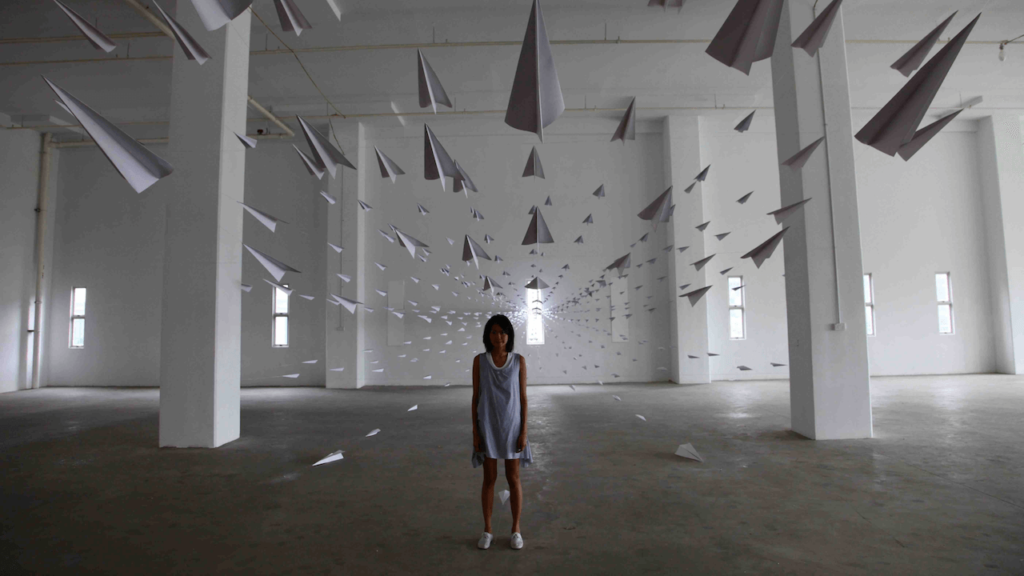
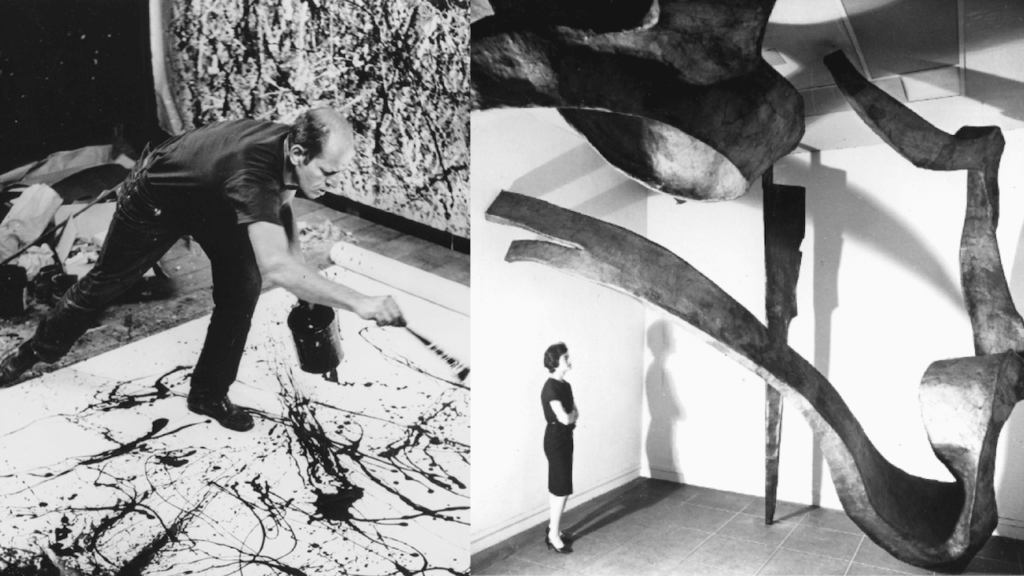
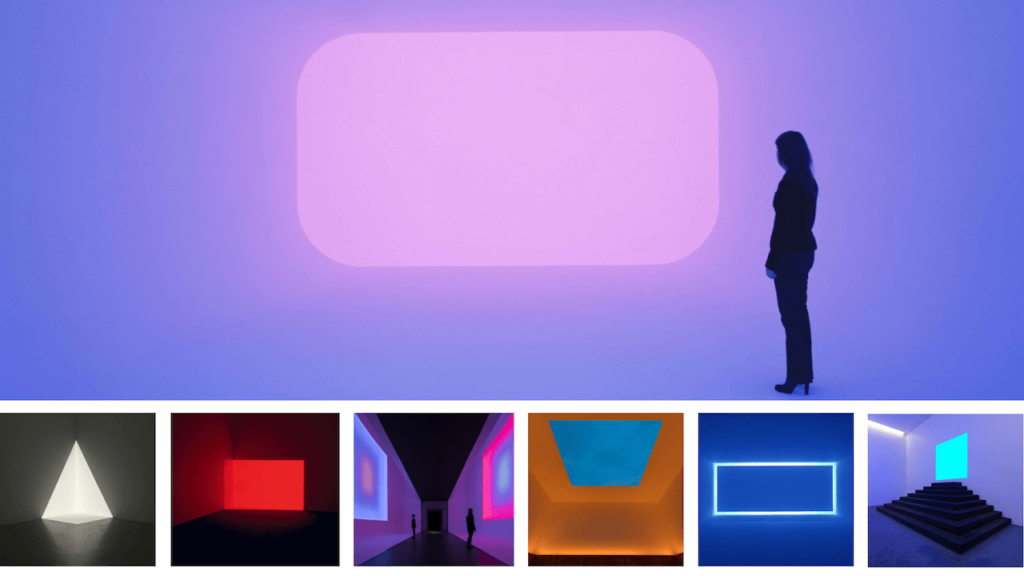
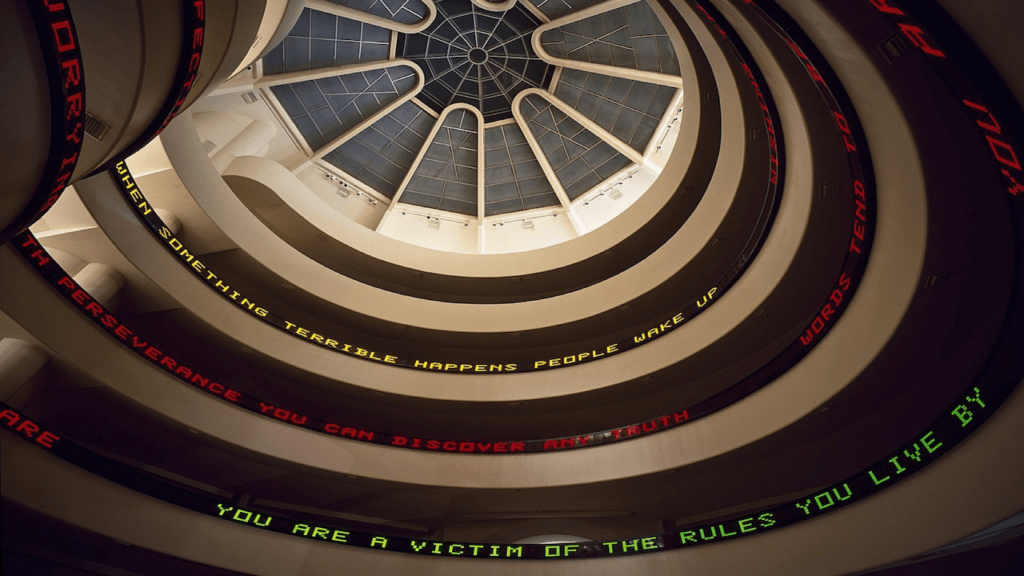
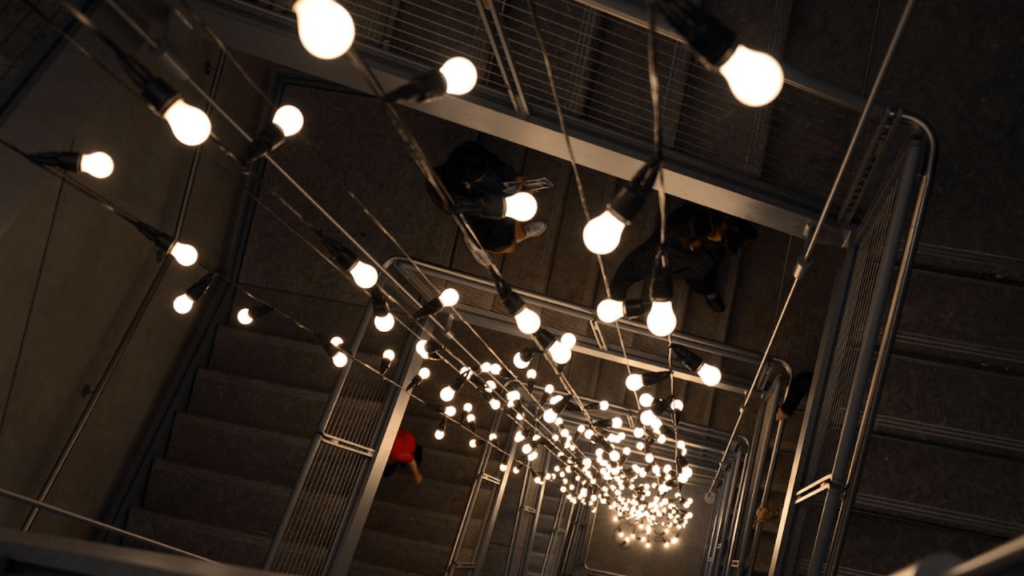
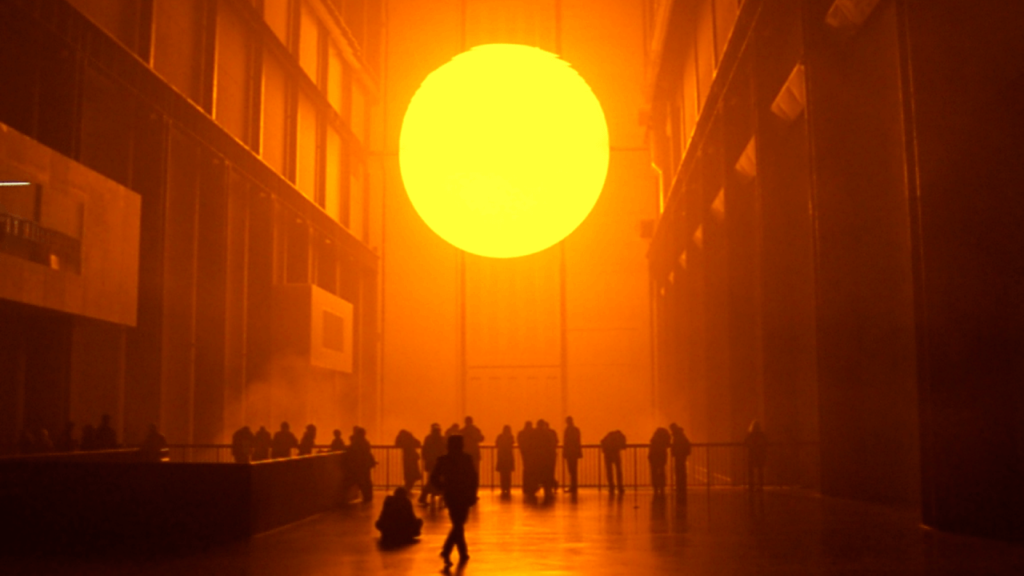
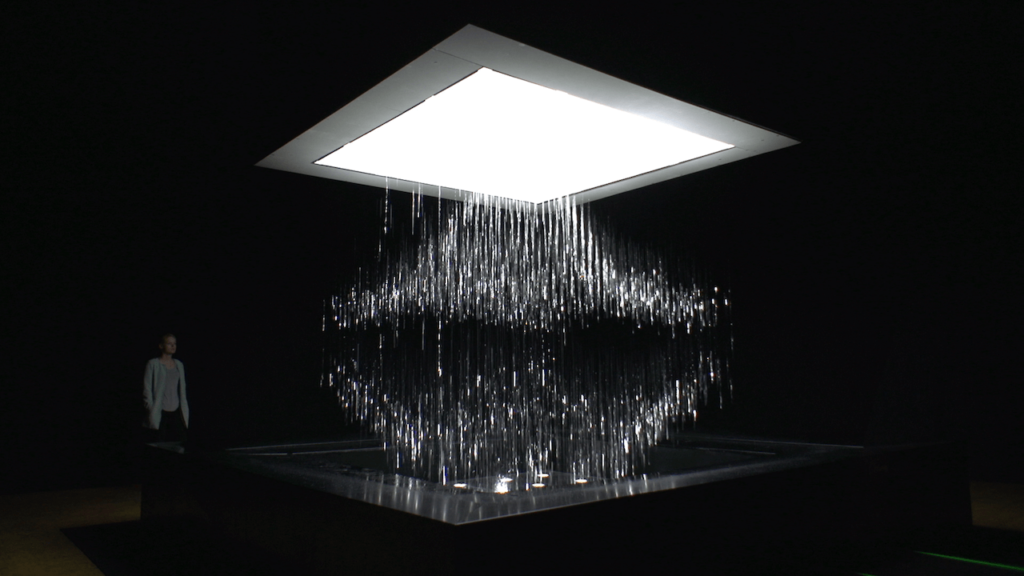
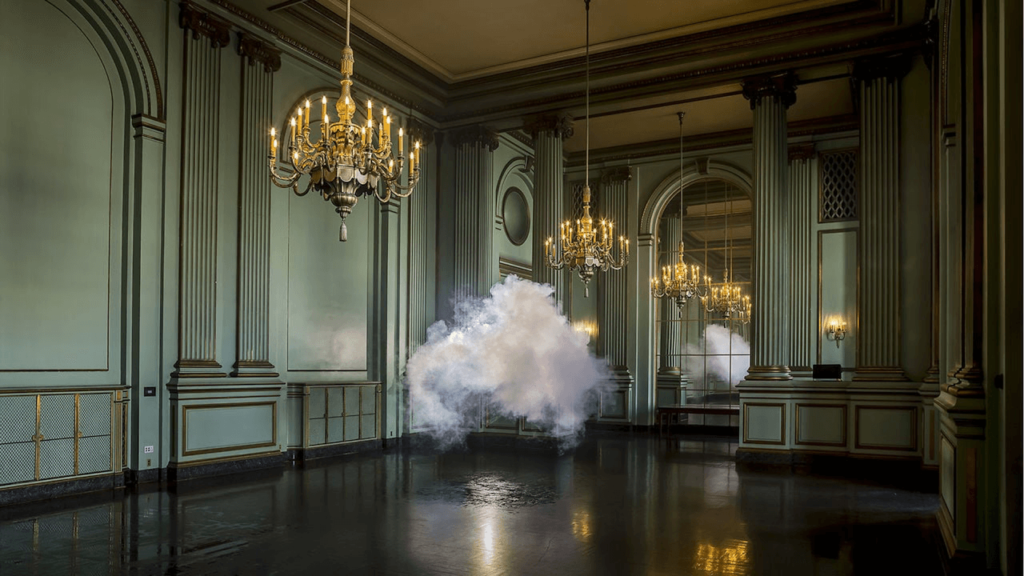
Session 3: Interactivity
- Class learning objectives
- Definitions: Interaction, Fluxus, Cybernetics, Interactive Art
- Fluxus – Influences
- Basics of Cybernetics
- Engagement Framework, and the Transparent Act
- Responsive Environments
- Telematics
- Selected examples of Interactive Artworks – Descriptions, videos, documentation
- Discussion: Futures of Interactive Art
- Summary & Conclusions
- Guest Lecture: The Lumen Prize, with Huijun Guan (Asian Director of the Lumen Art Projects)
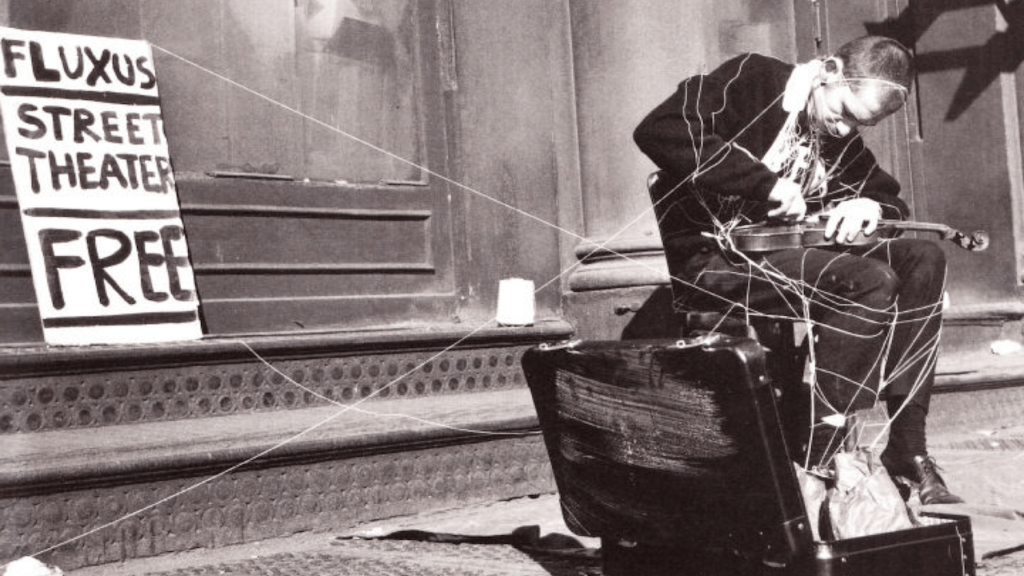
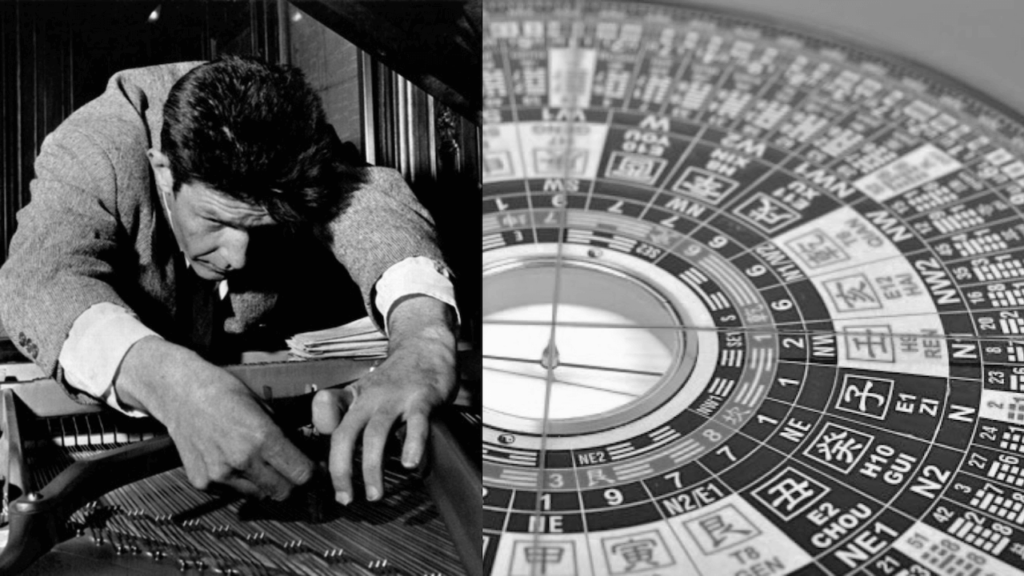

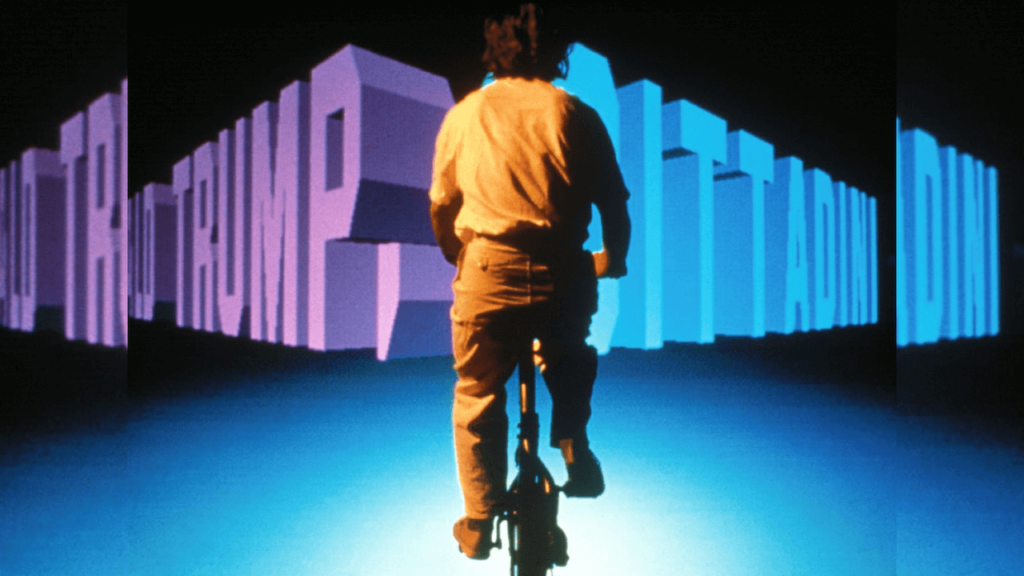

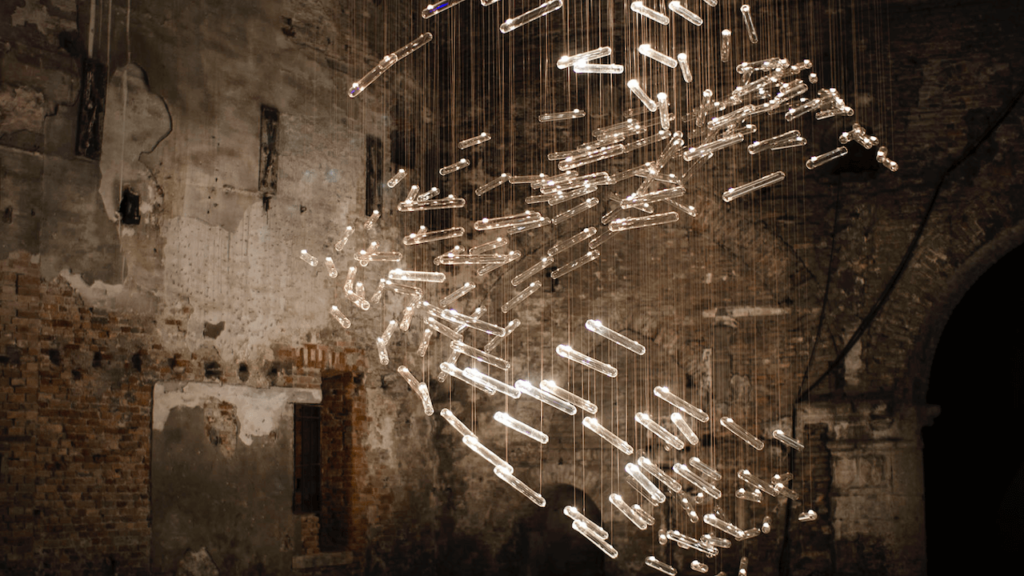

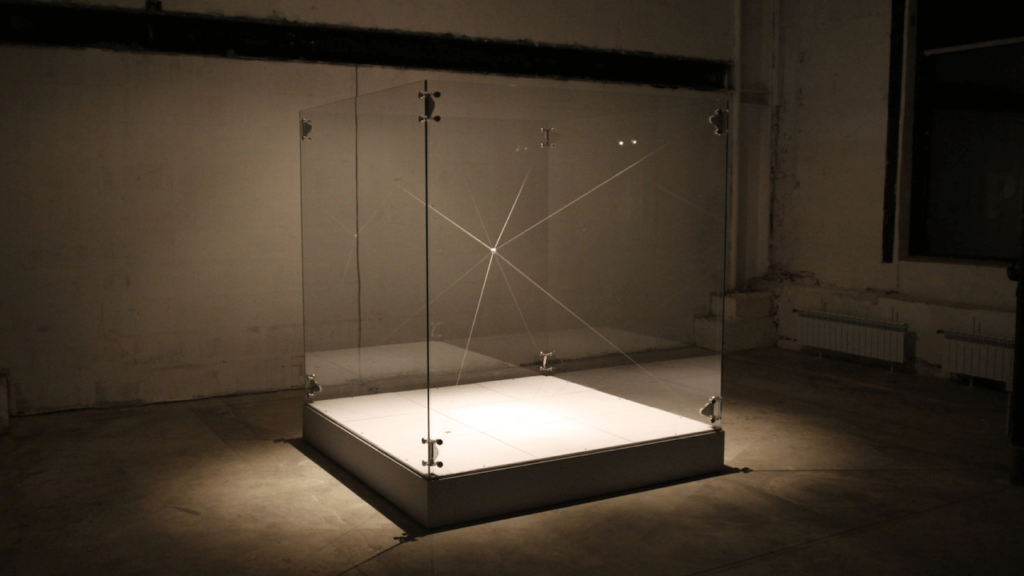
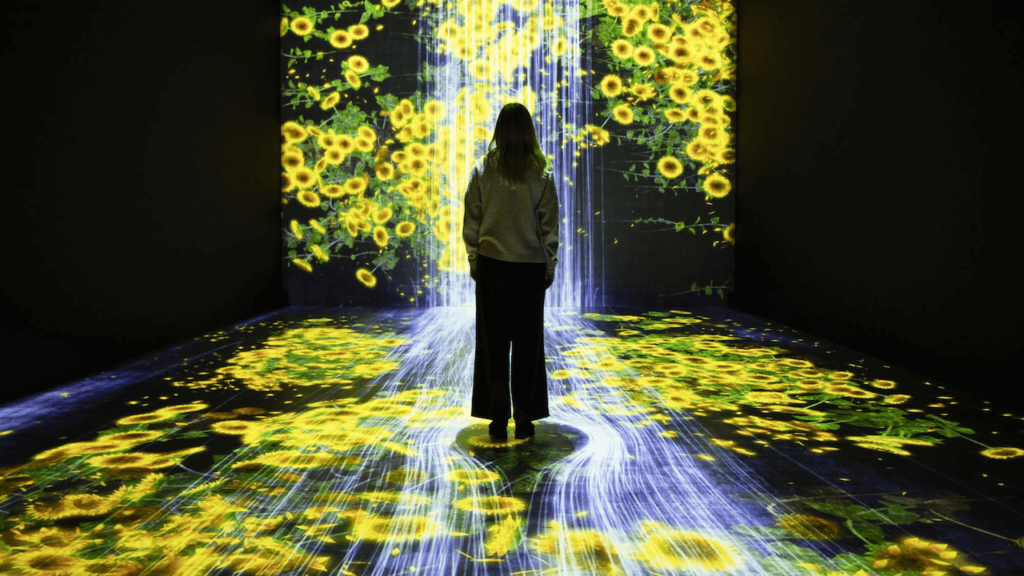
Session 4: Automation
- Class learning objectives
- Definitions: Automation
- Cybernetics & Architecture – Gordon Pask, Archigram
- Conversation Theory – Selected examples
- Short screening: Playtime
- Calibrators, Autonomy, Emergence
- Selected examples – Descriptions, videos, documentation
- Affective Computing & Psychotropic Space
- Summary & Conclusions
- Workshop: AutoEcologies – By utilizing Arduinos and assorted sensors, students split into 4 groups are designing a computational agent that senses a particular property emitted from another agent, and based on the sensed information they further emit using a different medium information that is sensed by another agent, and so on.
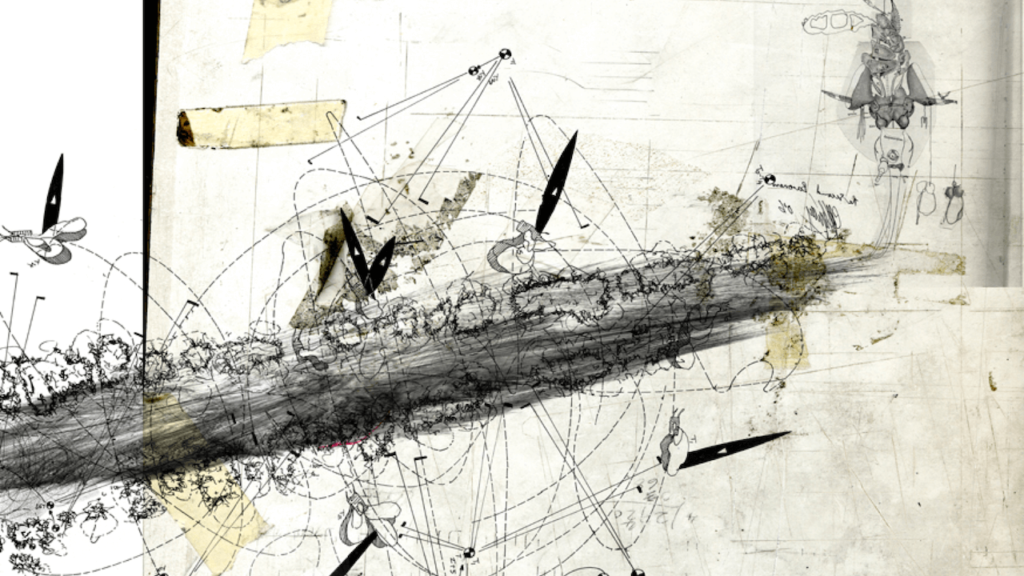
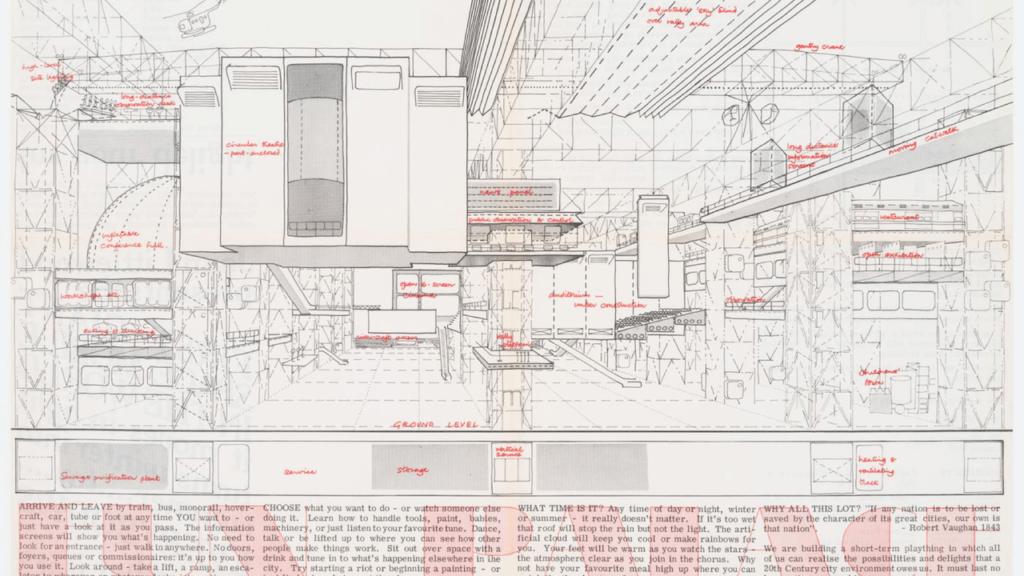

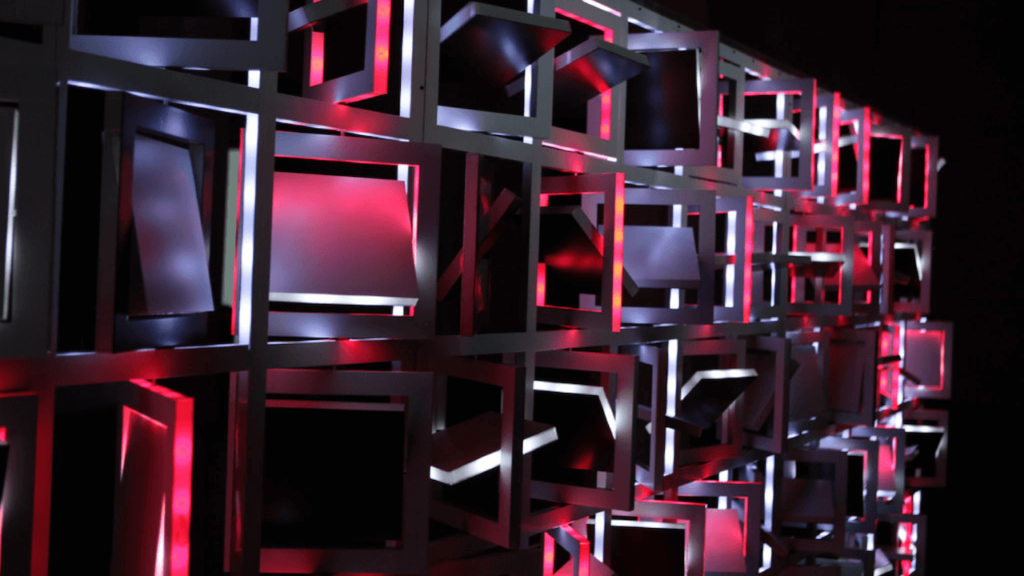
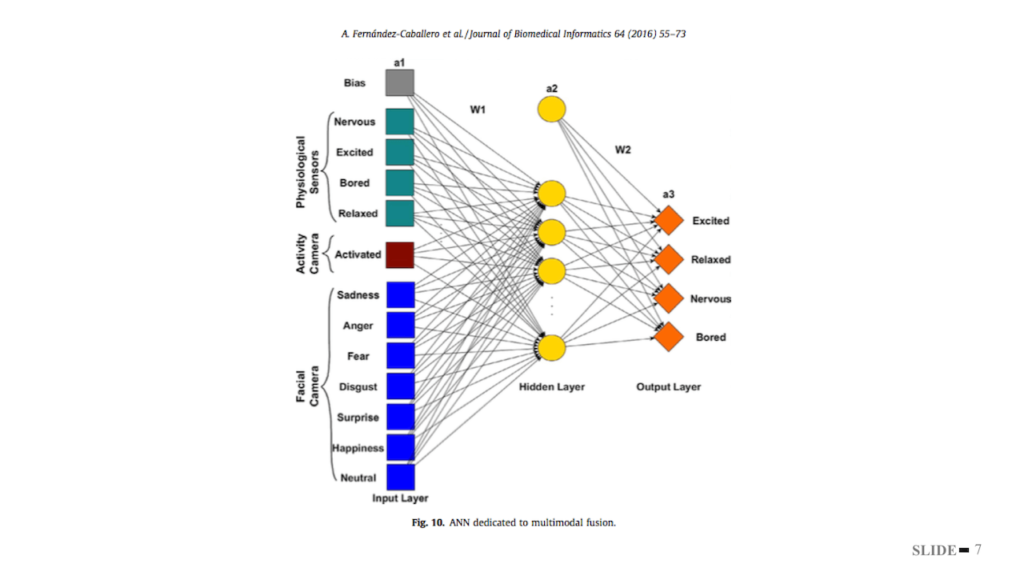
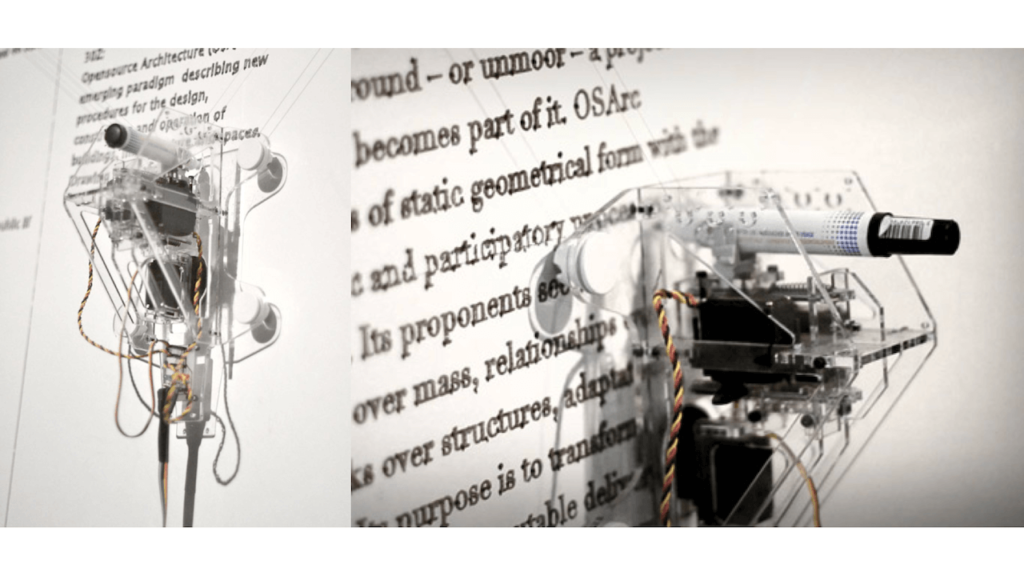
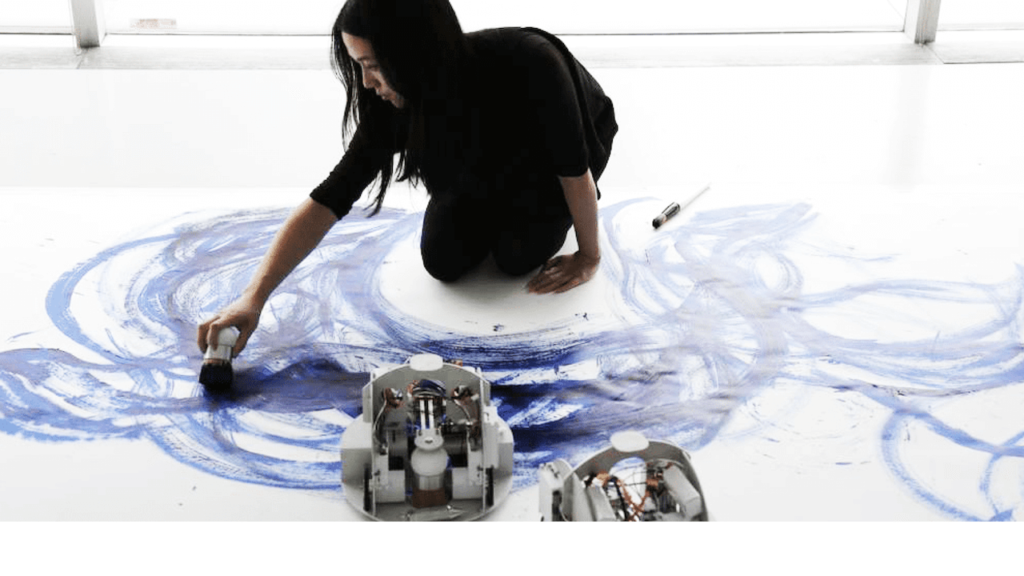
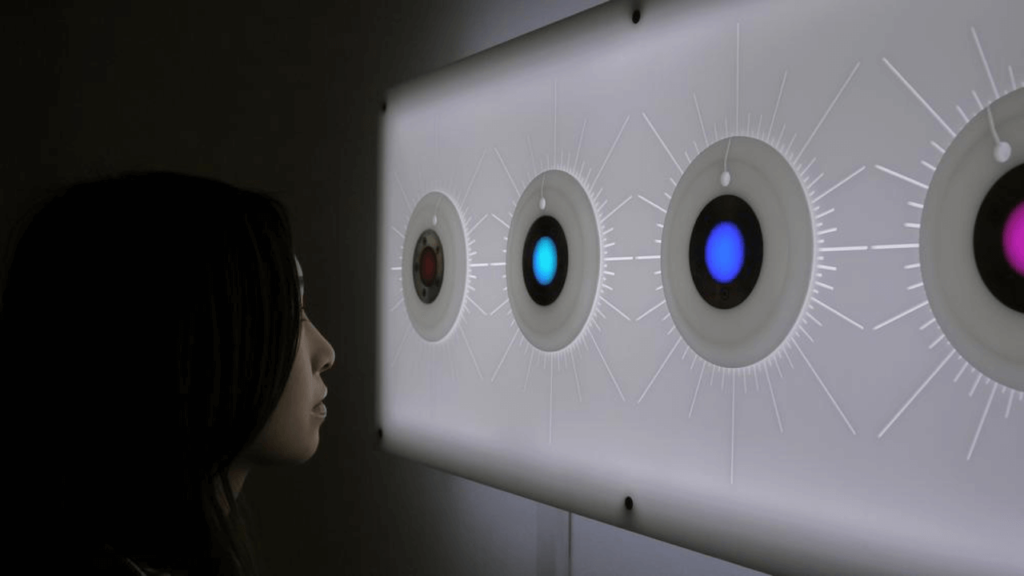
Session 4: Field trip to Exhibition Open Codes (Chronus Art Center, Shanghai)
Session 5: Diffusion
- Learning Objectives
- Definitions: Diffusion
- Ubiquitous Computing & Everyware
- Ambient Rooms/Displays/Intelligence
- The Internet of Things
- Short screening: IBM Watson & Bluemix
- Cloud Computing
- Selected examples – Descriptions, videos, documentation
- Screens of the Future
- Summary & Conclusions
- Guest Lecture: Decisions Architecture, with artist and designer Juan Gomez
- Workshop: Projection Mapping (madmapper, tools, videos, resources, projects)
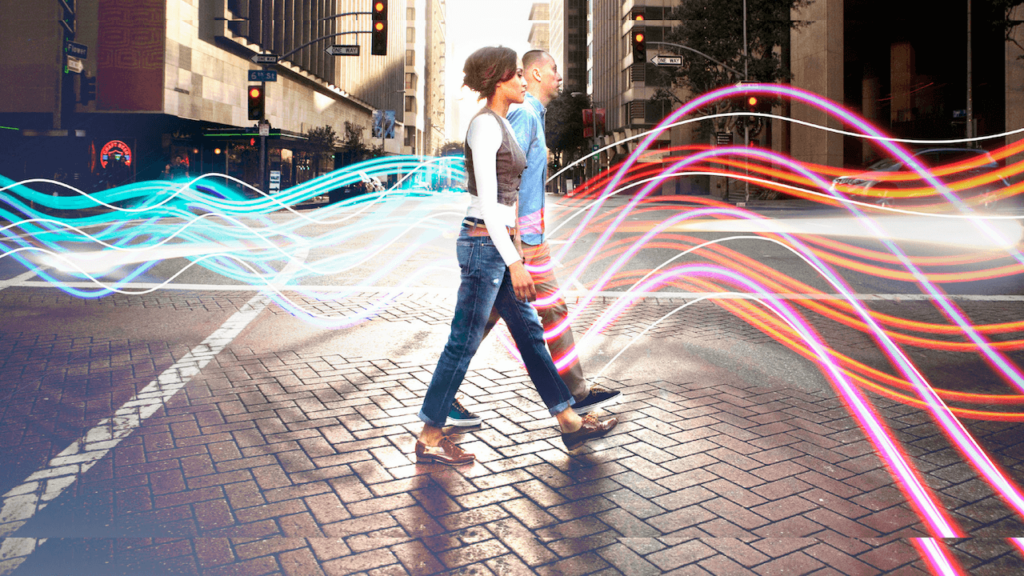


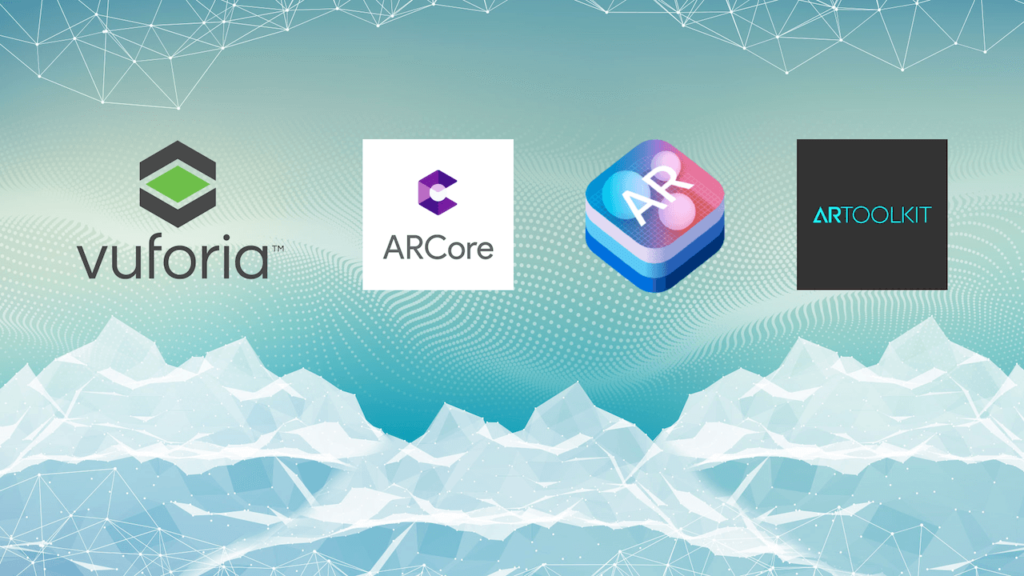
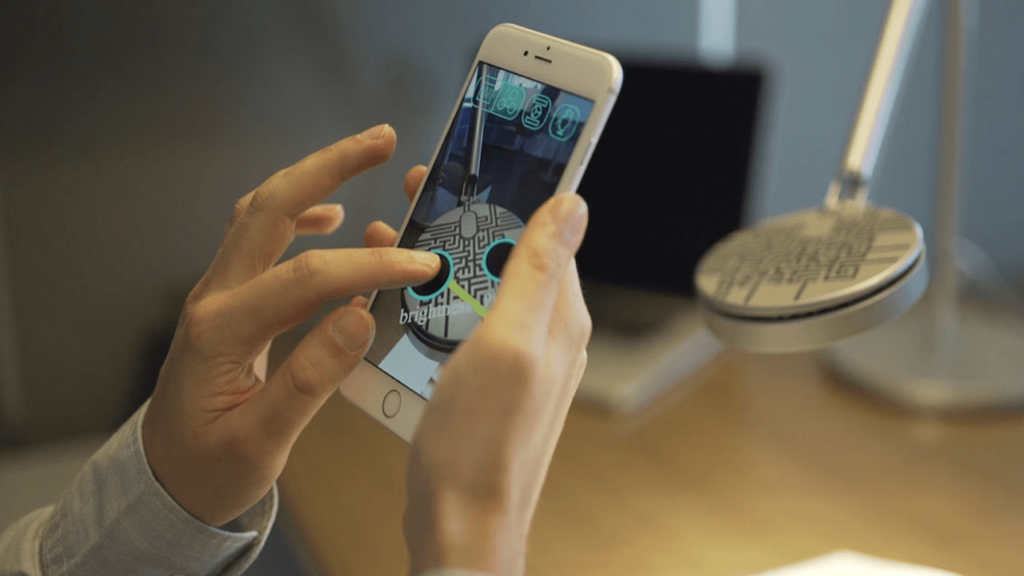

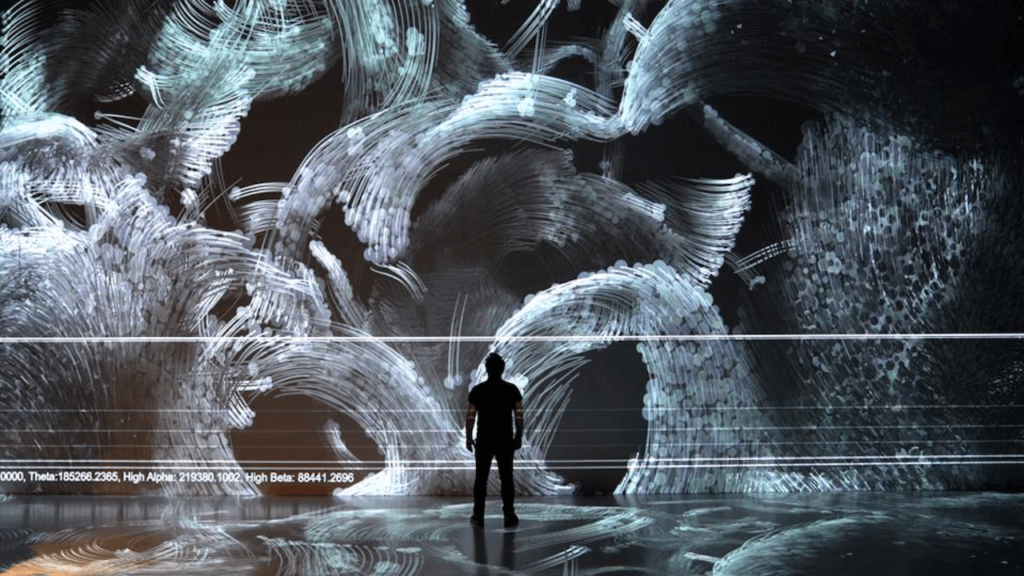
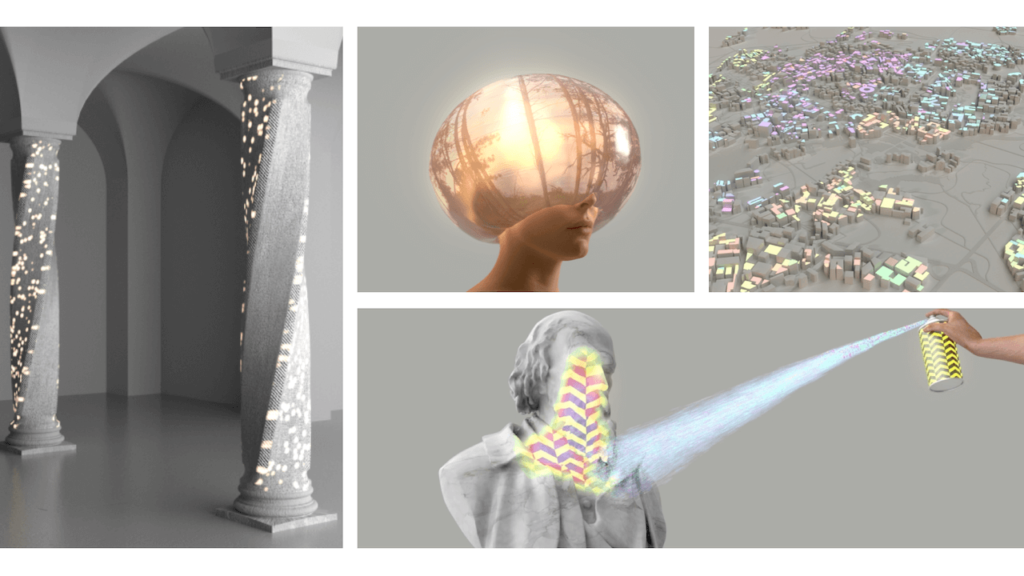
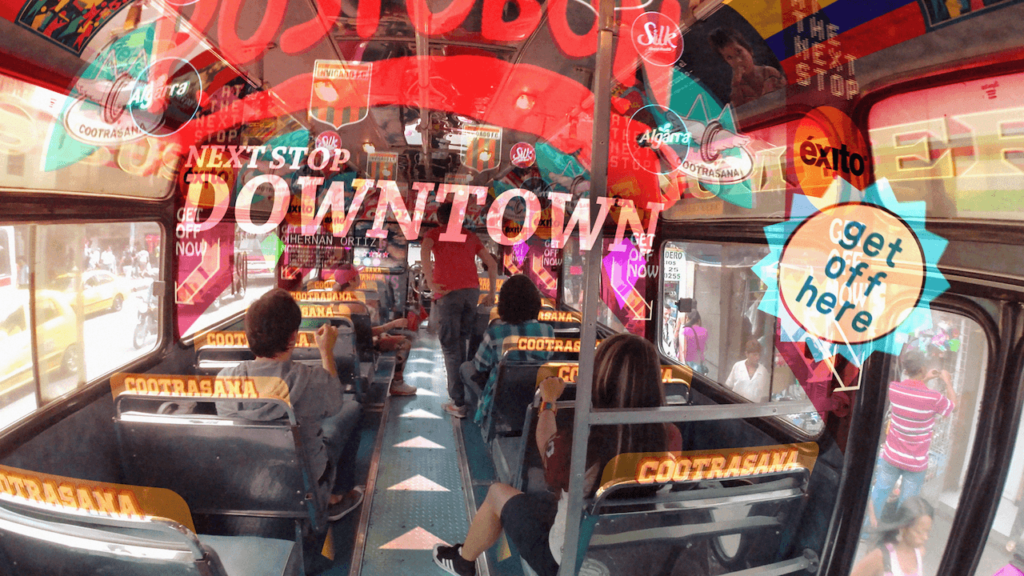
Session 6: Micro, Meso, Macro
- Class learning objectives
- Definitions: Micro, Meso, Macro
- The Scale of the Universe
- Viewing the Micro – Interior Worlds (Unseen, Unoticed, Unsensed)
- Micro-Sensing
- Selected examples – Descriptions, videos, documentation
- Viewing the Meso
- Definitions: Hertzian Space
- Materializing Immaterials
- Hertzian Space and Architectures of Radio
- Meso Scale & Contextual Awareness
- Selected examples – Descriptions, videos, documentation
- Viewing the Macro
- Exploring Collective Sentiment
- Communication Technologies for Data Extraction
- Feeling the City
- The Stack
- Fuller’s Operating Manual
- Planetary Architectures
- Mathematical Systems & Universality
- Patterns in Life / Patterns in Quantum
- Selected examples – Descriptions, videos, documentation
- Summary & Conclusions
- Workshop: Research methods and referencing (Caitlin MacKenzie Mannion, Head of Reference & Instruction Services, NYU Shanghai)
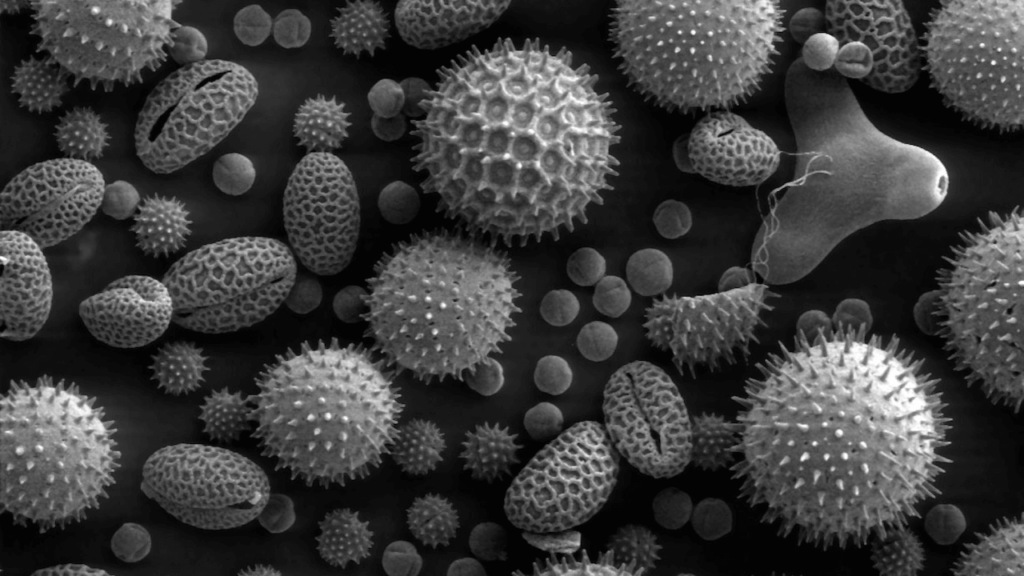
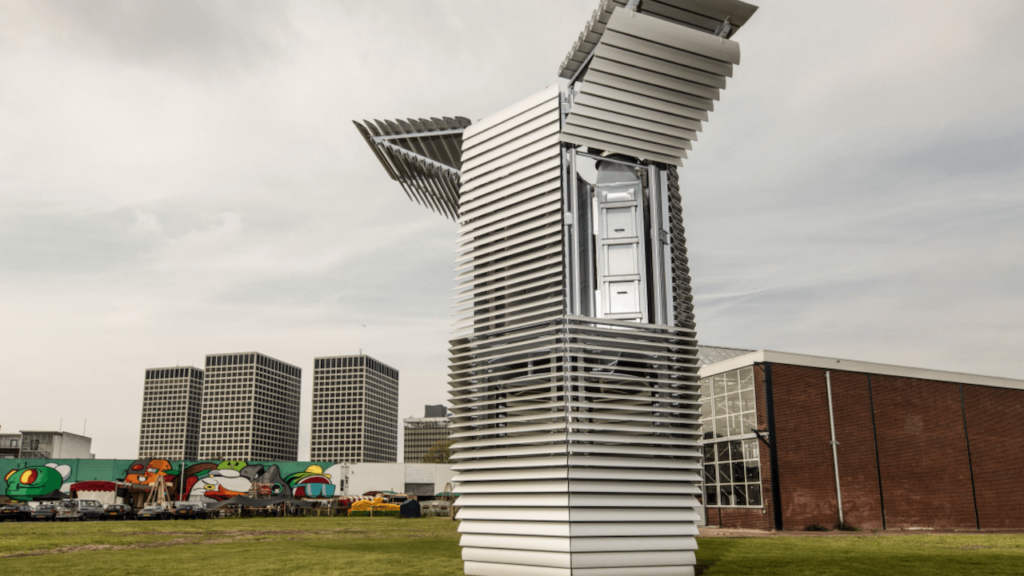
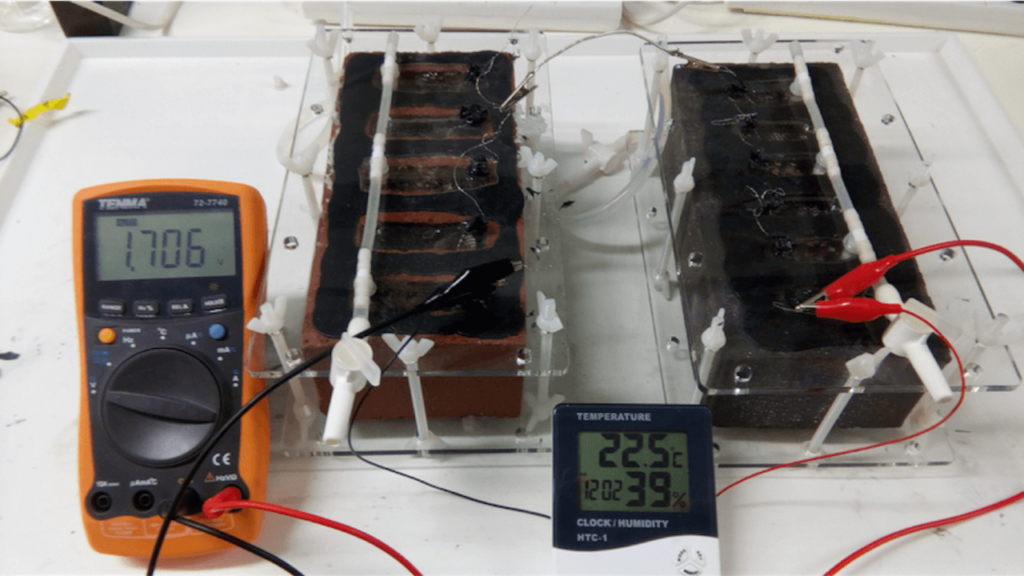
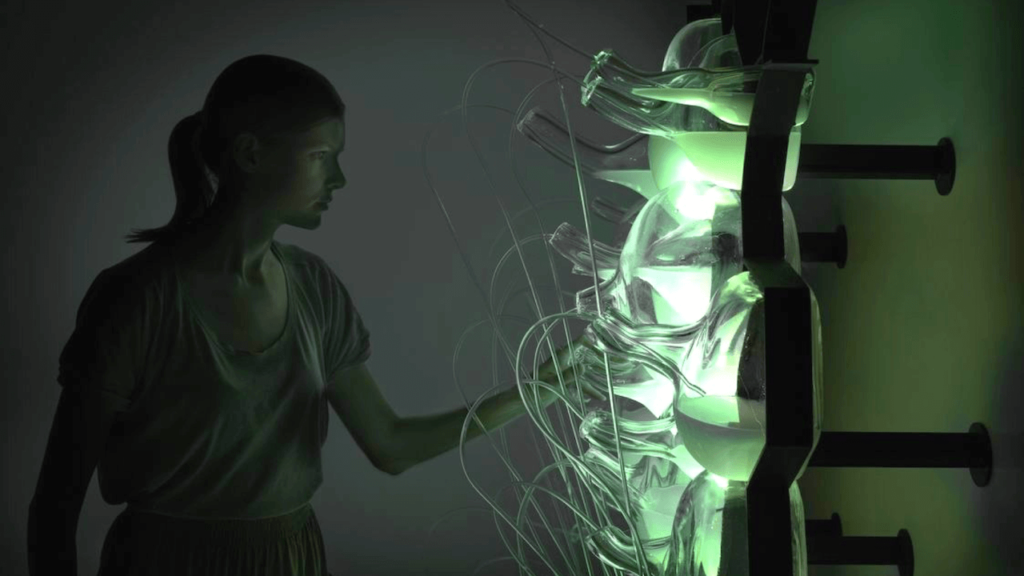
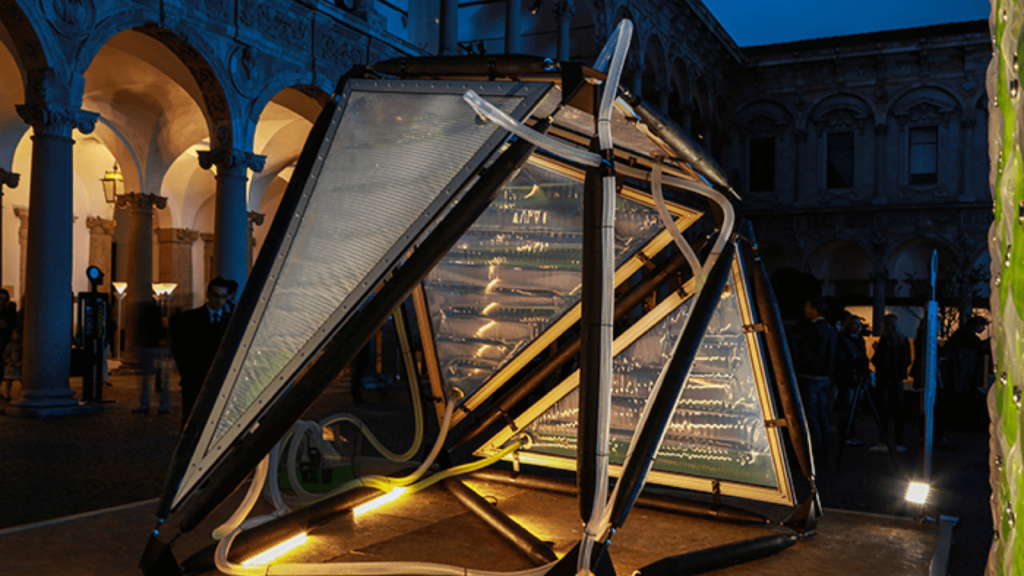
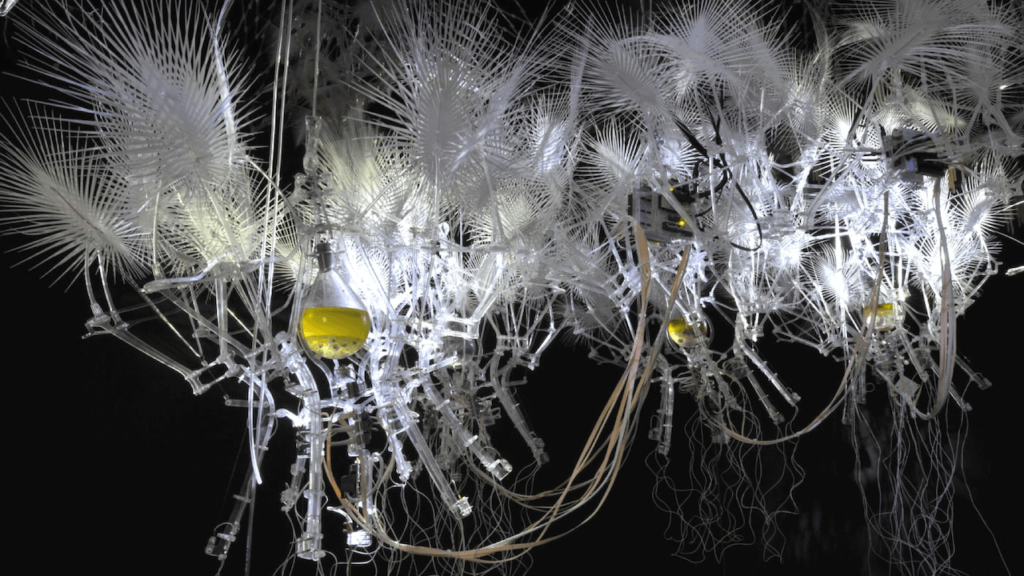
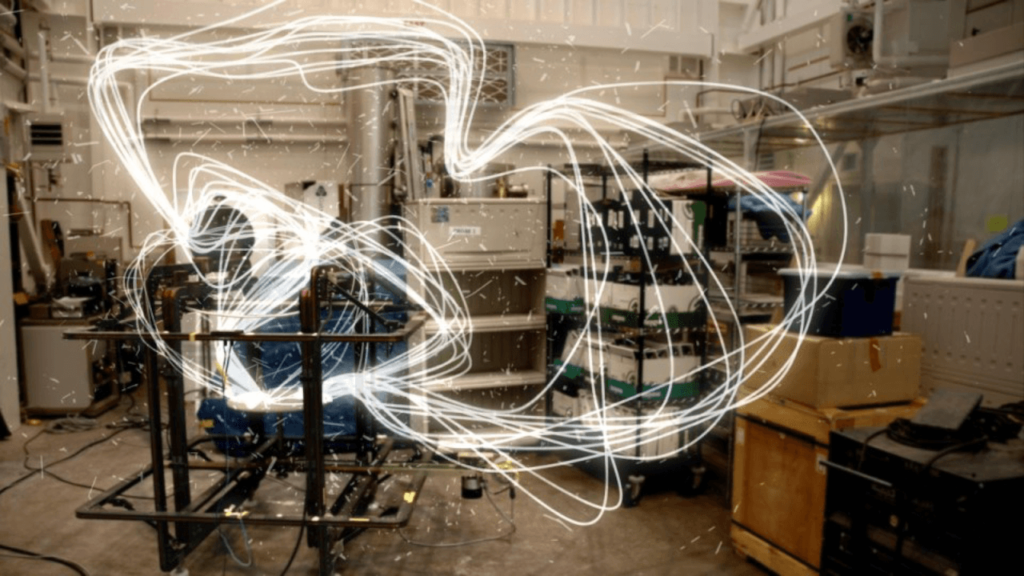
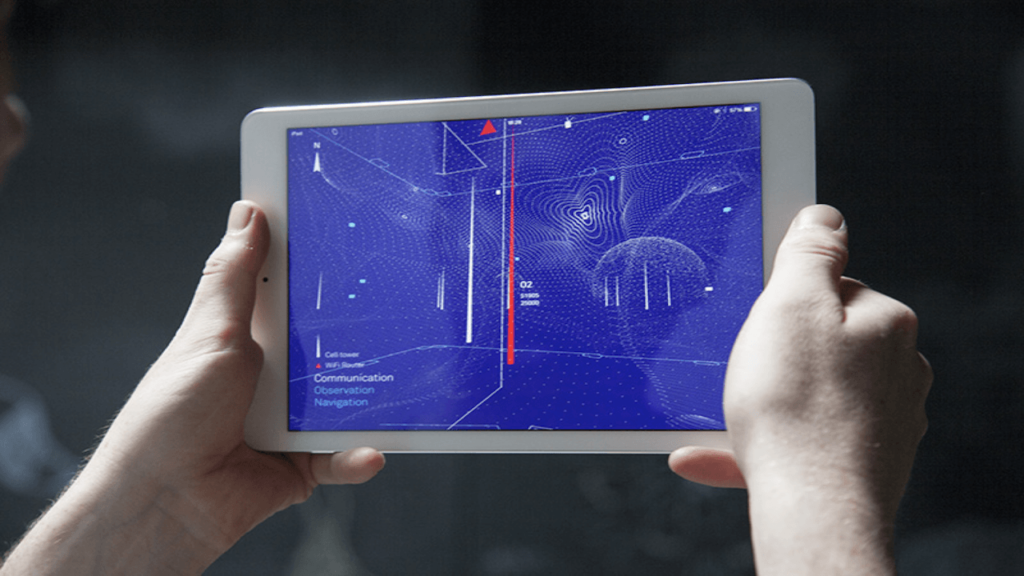
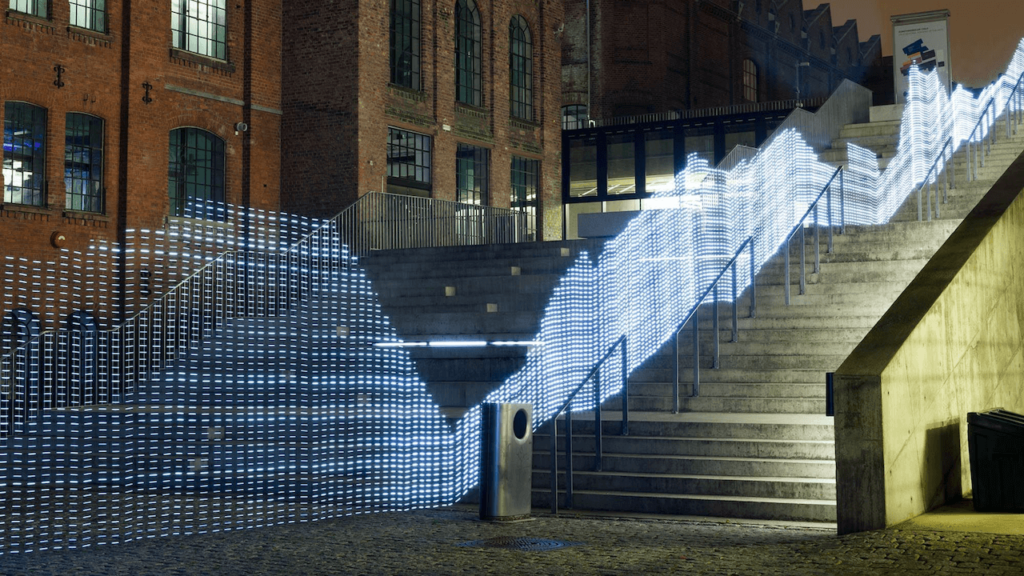
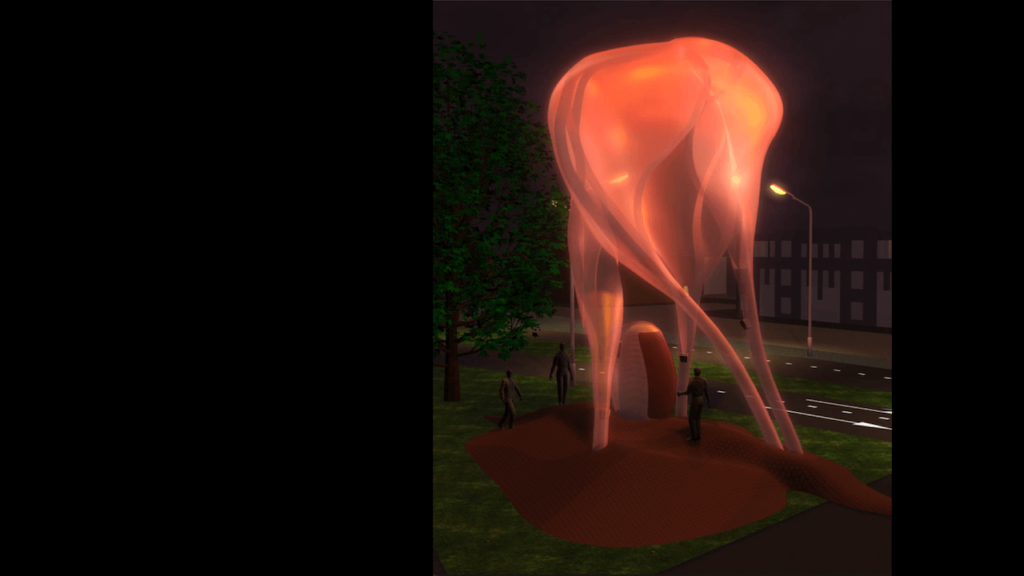
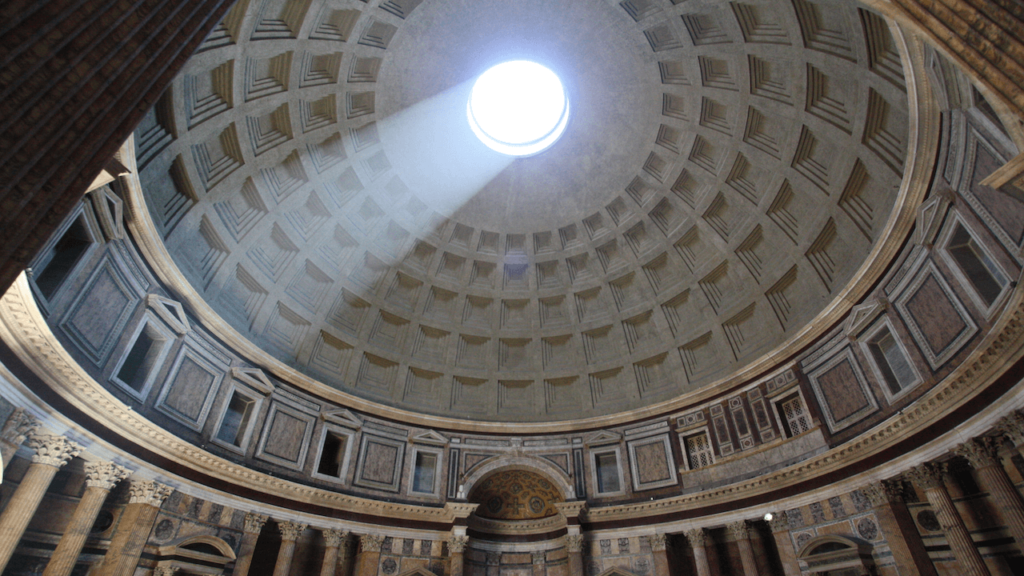

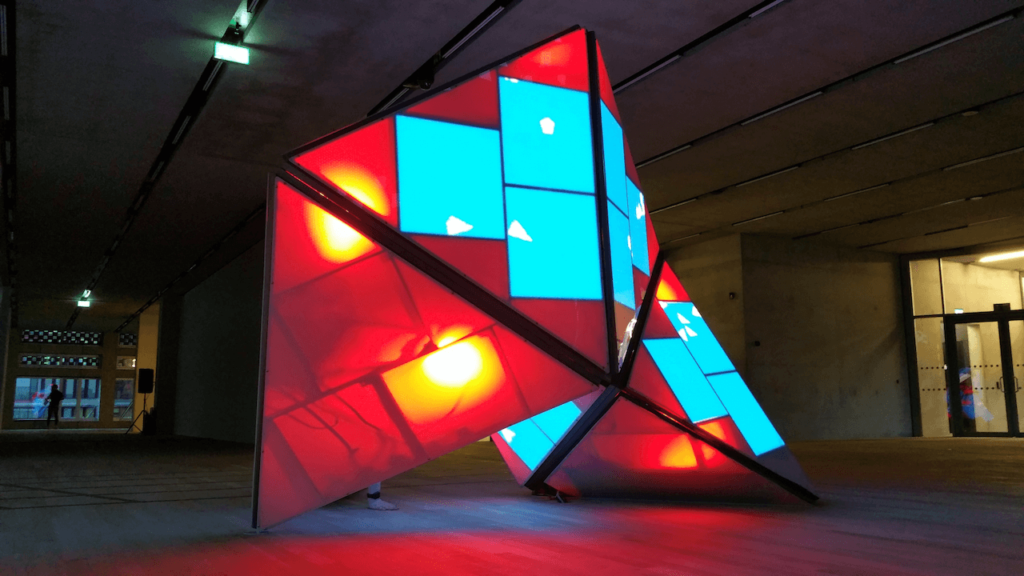

Session 7: Assignment 1 (Formative Assessment – Presentations)
- Formative Presentations & Assessment
- Guest Lecture: Developing Media Architecture Installations, Wu Kuan (Art Manu Studio)
Session 8: Field trip to Exhibition teamLab – Borderless (Shanghai)
Sessions 9-14: Practical Workshops / Assignment 2 Development
- Data collection – Collecting students’ information (skills, objectives, proposals)
- Formation of the groups – Based on data analysis, the groups will be formed, and they need to identify a direction for their project
- Technology-agnostic workshops – According to the data analysis and the direction each group wants to follow for their project, the practical workshops for this class will be designed and developed. Main objective is to provide technical support to the students on areas such as: interactive systems, digital fabrication, physical computing and microelectronics, generative design, projection mapping, Internet of Things, and so on.
- Development Strategies – A process will be followed during the last 6 weeks of this course to better assist the organizational development of the project (see structure on following image). Frequent sessions will take place for critical reflection, analysis, synthesis, and emergence.
- The development process will utilize the following structure:
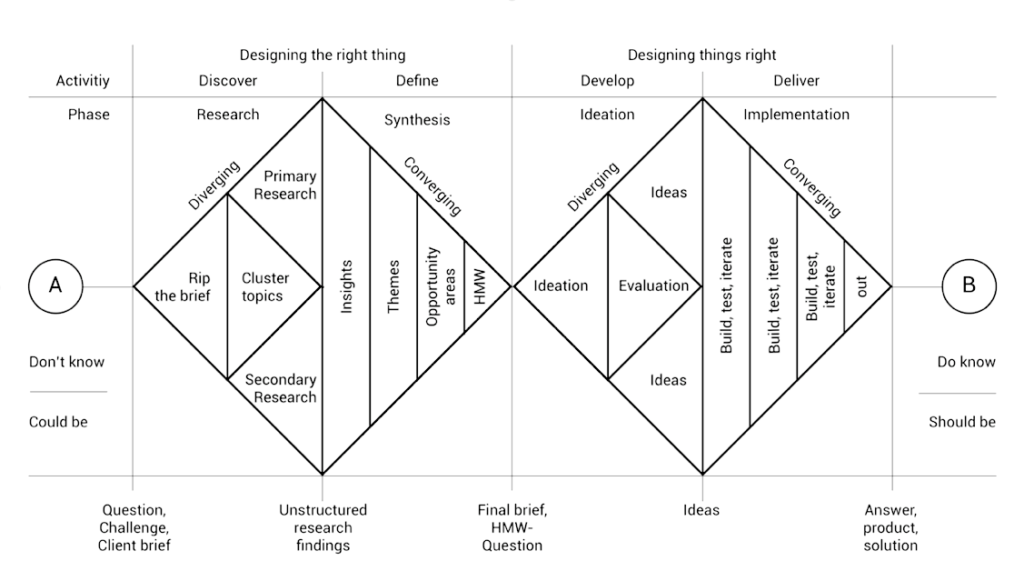
Workshops:
- Introduction to LEDs (with Arduino, FastLed, NeoPixel)
- Tips on getting the current right
- Soldering Tips [1] , [2]
- Arduino Basics (download software here)
- Installing and Using FastLed and NeoPixel – Tutorial 1, Tutorial 2, Tutorial 3, Tutorial 4
- Dithering with FadeCandy, Download, Tutorial, Slides
- Processing Basics, Tutorials, Videos (download software here)
- Using Processing with FadeCandy
- Tips on developing larger LED installations
- Introduction to the Raspberry Pi
- IBM Cloud: Sign-up with IBM Cloud: https://www.ibm.com/cloud
- Create Resource (i.e. Node-Red)
- Utilize Tone Analysis Tone Analysis Tutorial in Node-Red
Session 15: Assignment 2 – Discussion and Critical Reflection
Bibliography
- Bachelard, G. (1994) The Poetics of Space, Jolas, M., trans., Beacon Press: Boston.
- Bishop. C (2005) Installation Art: A Critical History, Routledge: New York.
- Castle, H. (2005) 4dspace: Interactive Architecture, Architectural Design, Vol.75, No.1, Wiley-Academy: West Sussex.
- Castle, H. (2007) 4dsocial: Interactive Design Environments, Architectural Design, Vol.77, No.4, Wiley-Academy: West Sussex.
- Denning P.J. (2001) The Invisible Future: The Seamless Integration of Technology into Everyday Life, McGraw-Hill: New York.
- Dunne, A. (2005) Hertzian Tales. Electronic Products, Aesthetic Experience, and Critical Design, The MIT Press: Cambridge, MA.
- Greenfield, A. (2006) Everyware: The Dawning Age of Ubiquitous Computing, New Rivers Publishing: Berkeley, CA.
- Haeusler, M. H., Tomitsch, M. & Tscherteu, G. (2012) New Media Facades: A Global Survey, AV Edition GmbH: Ludwigsburg.
- Hespanhol, L., Haeusler, M. H., Tomitsch & Tscherteu (2017) Media Architecture Compendium: Digital Placemaking, AV Edition GmbH: Stuttgart.
- Kronhagel, C. (2010) Mediatecture: The Design of Medially Augmented Spaces, Springer: Vienna.
- Puglisi, L. P. (1999) Hyper Architecture: Spaces in the Electronic Age, Birkhauser: Basel.
- Reiss, J. H. (1999) From Margin to Center: The Spaces of Installation Art, MIT Press: Cambridge, Massachusetts.
Students Outcomes
Emotional Wall (Muru (Carol) Chen, Xiaoying (Shireen) Xu)
Project Description: “Emotional Wall is an installation that records and displays the emotion that is extracted in real-time from the voice and speech content of the people that exist in the same room. A custom-made voice recognition system continuously monitors voice and speech, logs the results on a database, and performs semantic analysis to the text. The final result adjusts the visual display of the wall as resonated emotions. Inspired by J.G. Ballard’s Psychotropic Houses, the project aims to demonstrate a scenario where the ubiquitous computing layers of the domestic space become emotionally intelligent so that automation on functions and aesthetics is successfully accomplished.
Materials/Tools: Matrix Voice, Raspberry Pi, MongoDB, IBM Watson, Unity, Shaders, fabrication (wood cutting and assembly, 3D design, 3D printing)
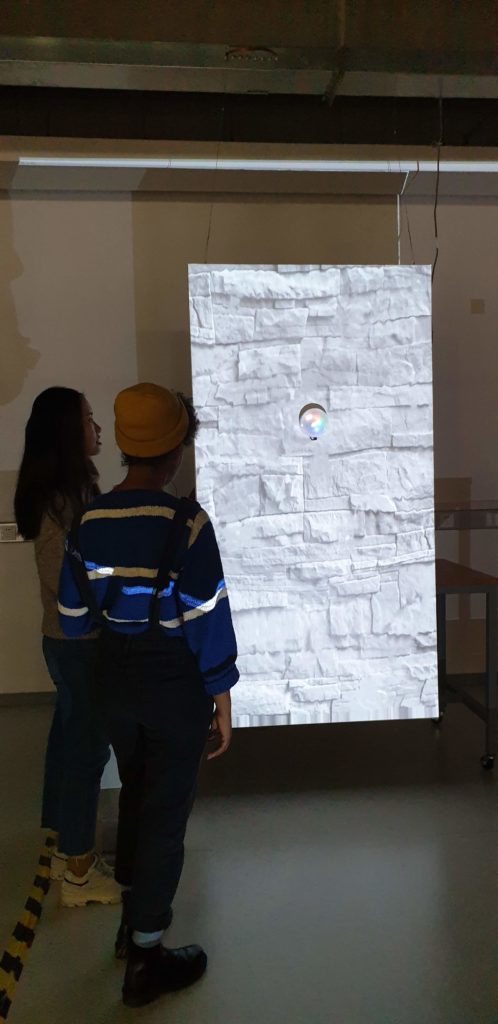
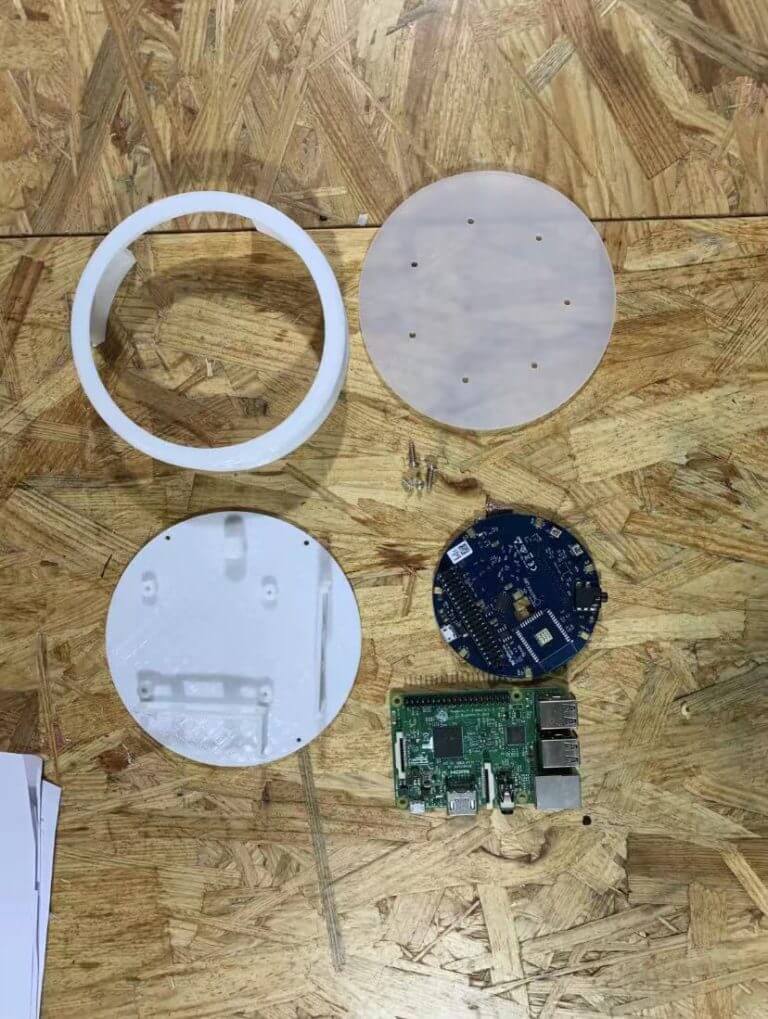
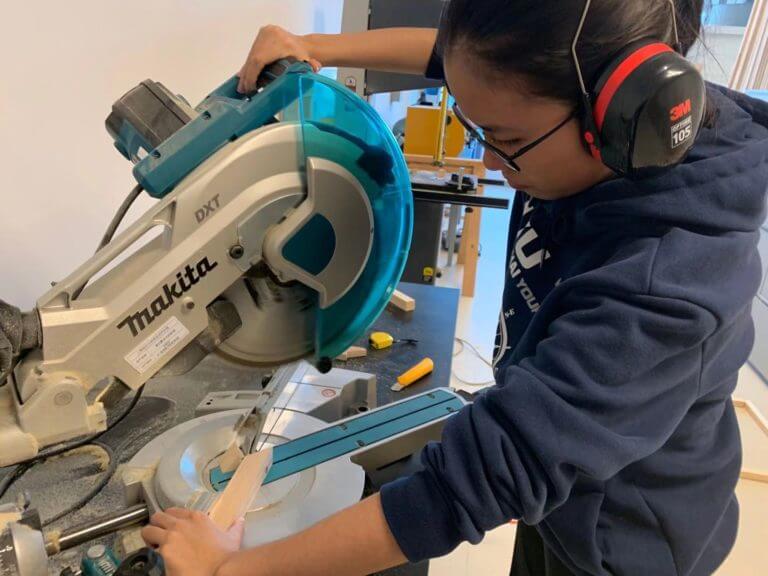
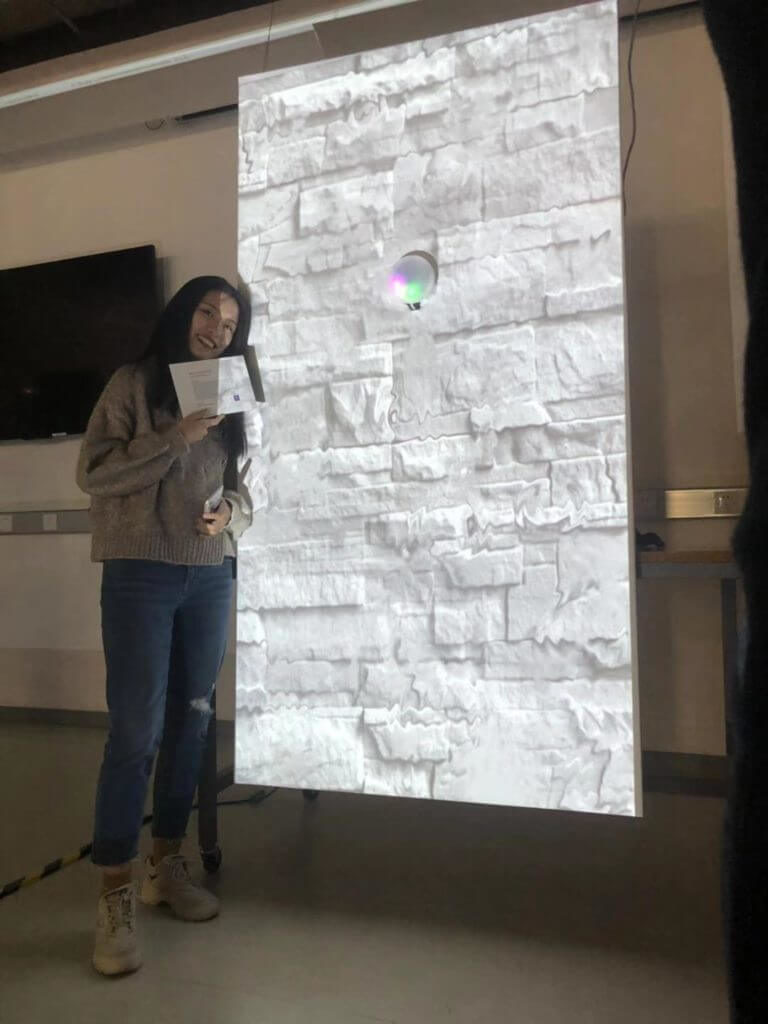
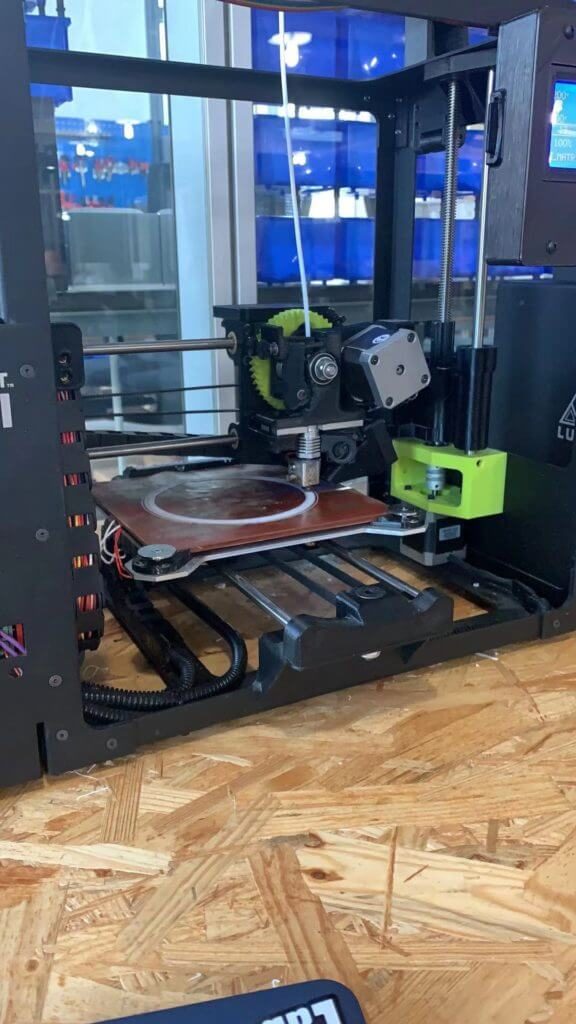
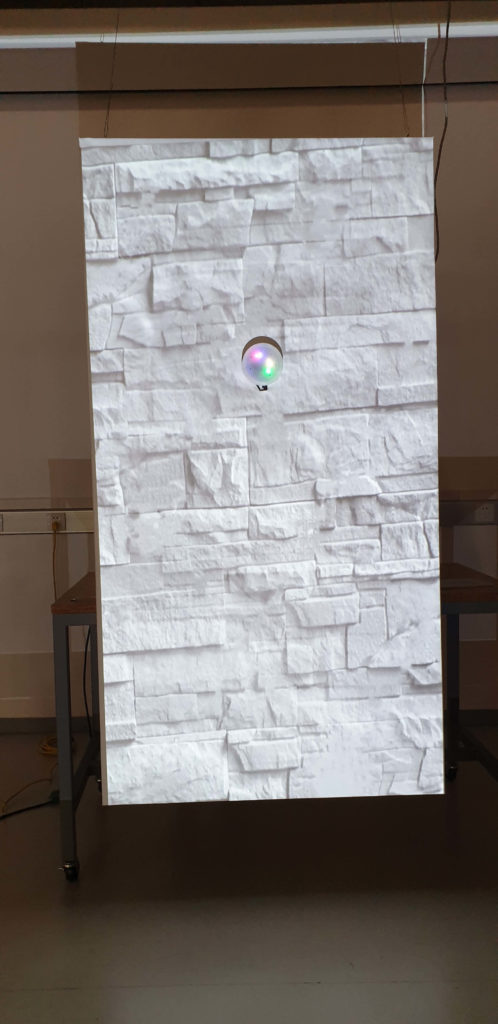
Memory Chandelier (Nikola Gajdosova, Yuxin (Amanda) Qi)
Project Description: “The purpose of this project is to visualize through a custom-made chandelier the collected memories of inhabitants, and express through colours and patterns their perspectives, thoughts, and reflections. The work challenges the way that we perceive the architectural space and the elements it includes as impossible to grasp and contain our psychophysiological properties, and through the use of installation art practices to demonstrate a case study that re-contextualises architecture as empathetic and psyche-sensing. The installation utilizes the Chinese characters “记忆” as its main form inspiration.”
Materials/Tools: Arduino, Neopixel LEDs, plastic sphere containers, PVC tubes, fabrication tools, soldering, wiring, LED programming

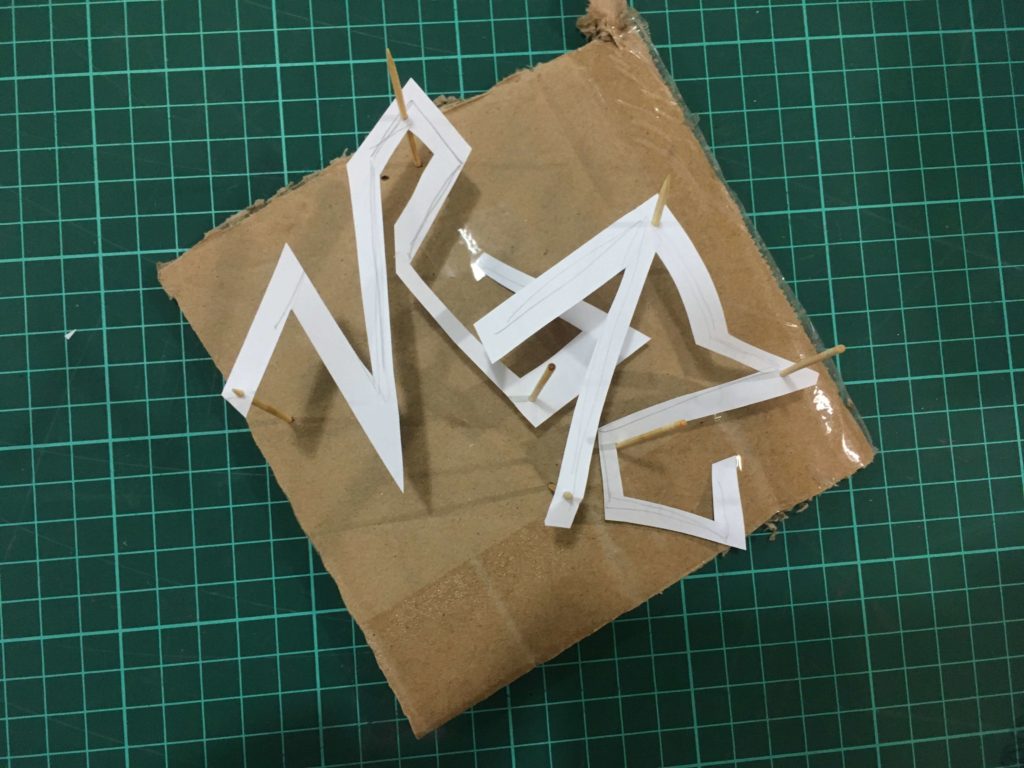
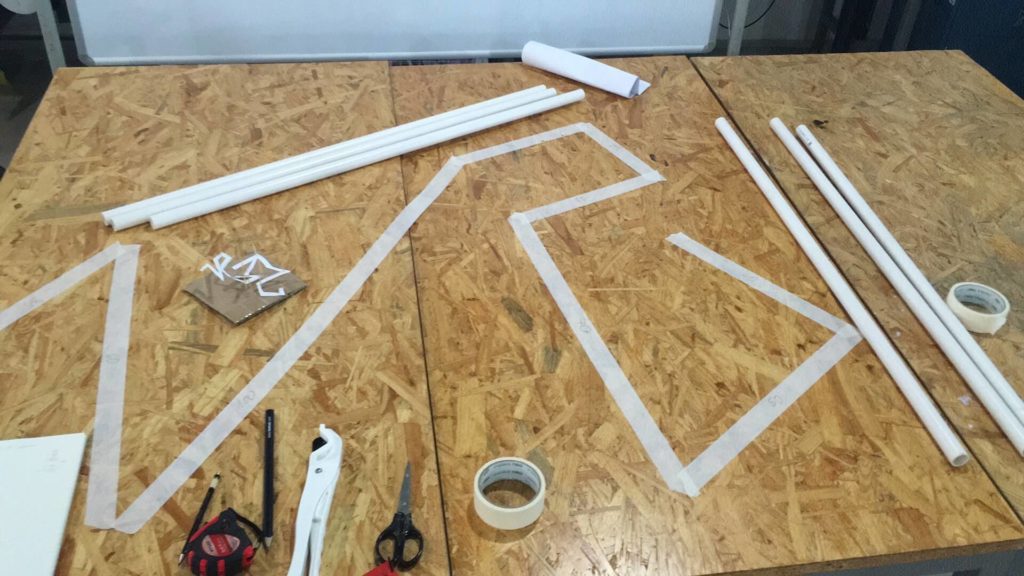
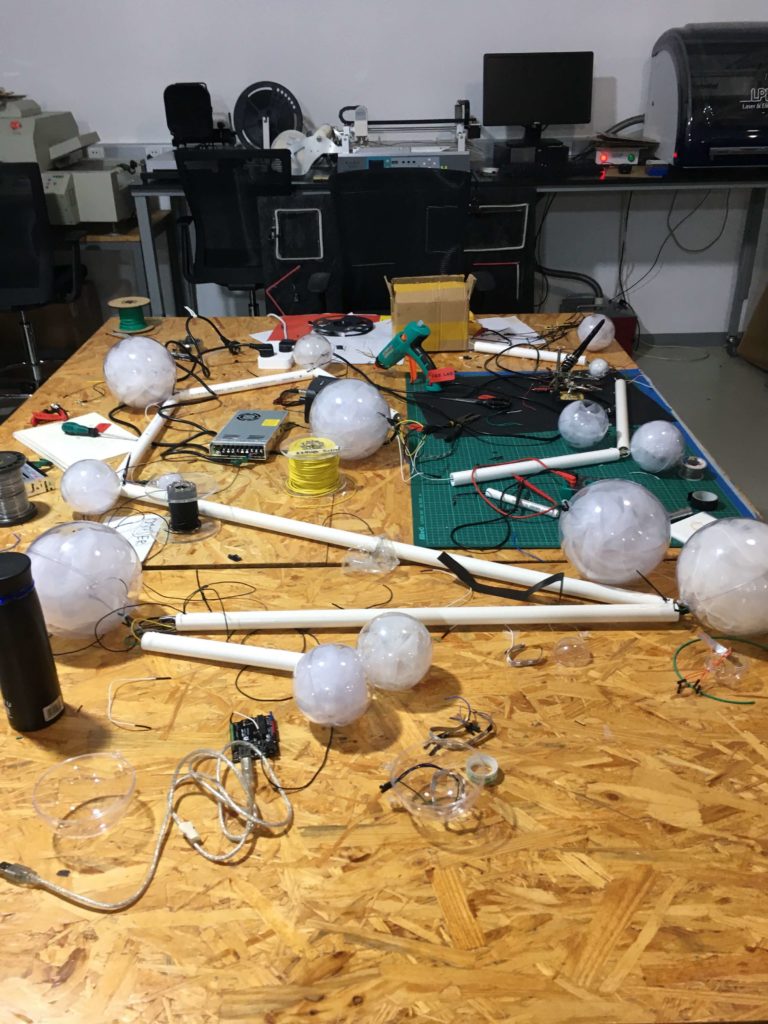
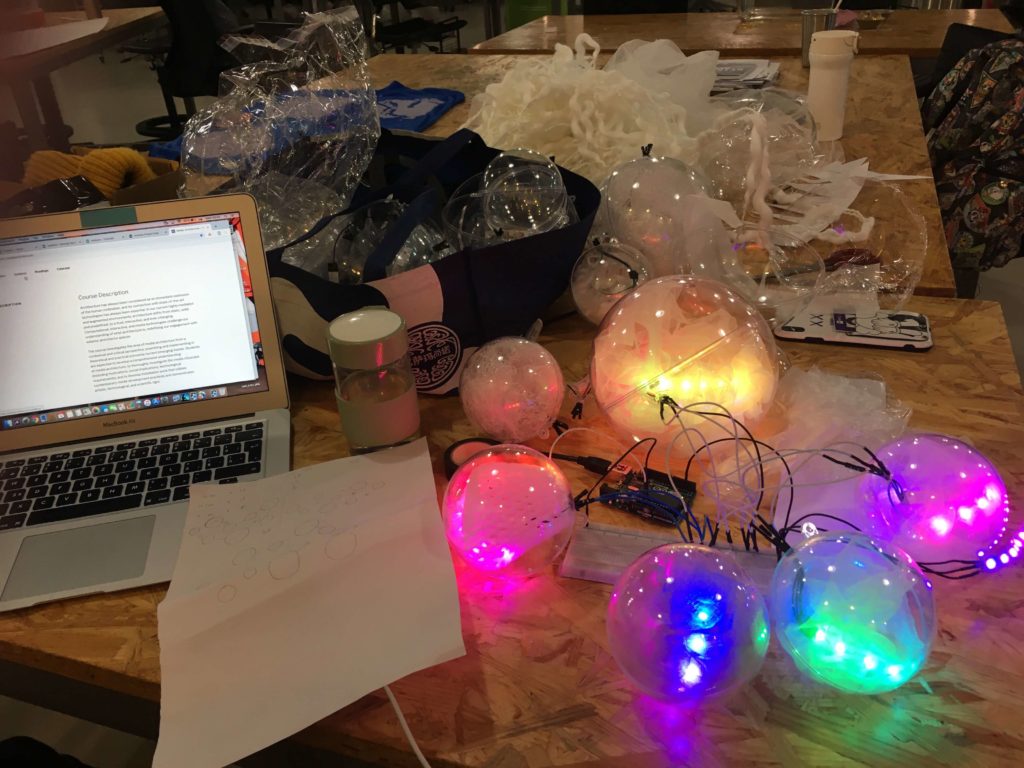
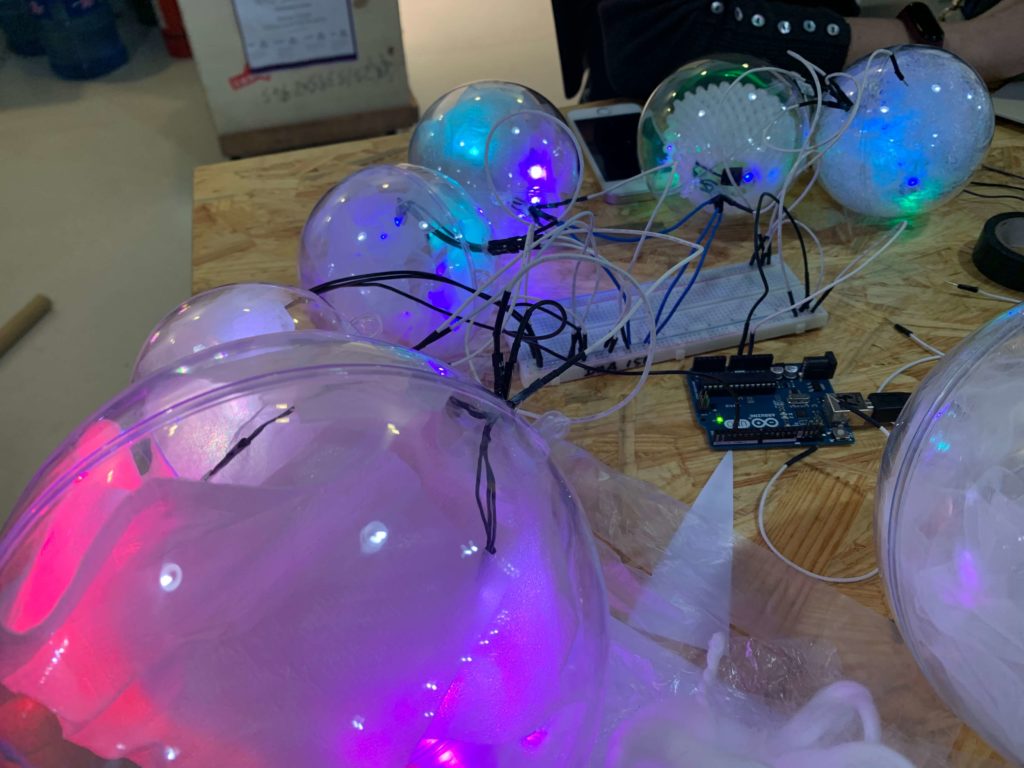

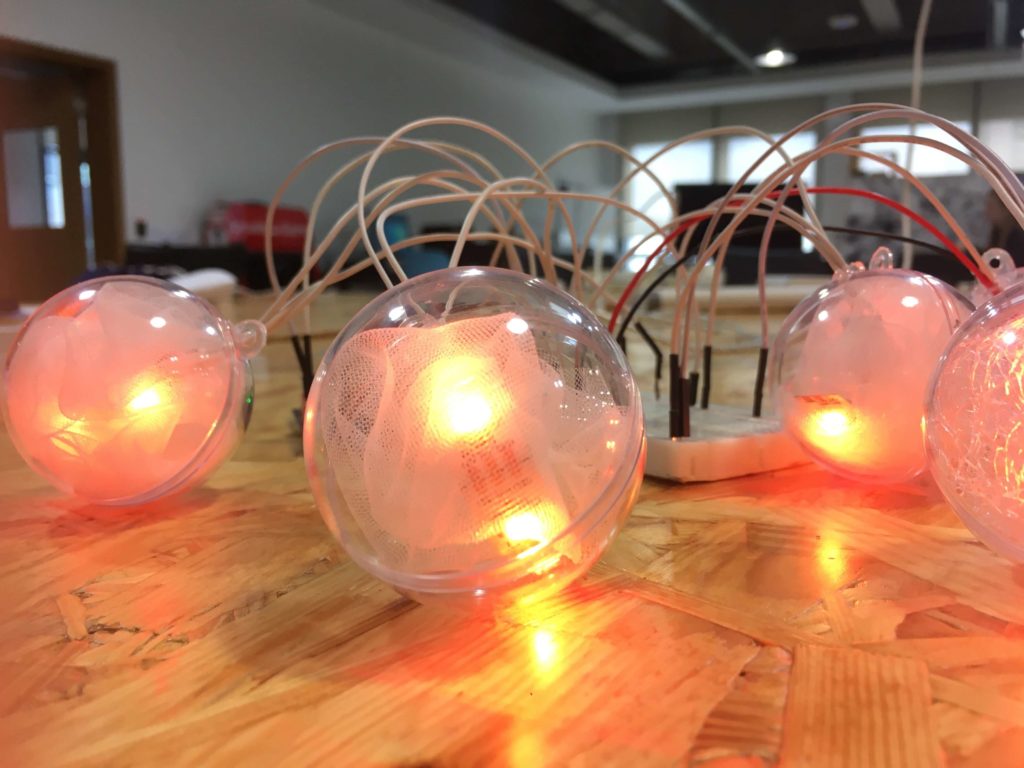
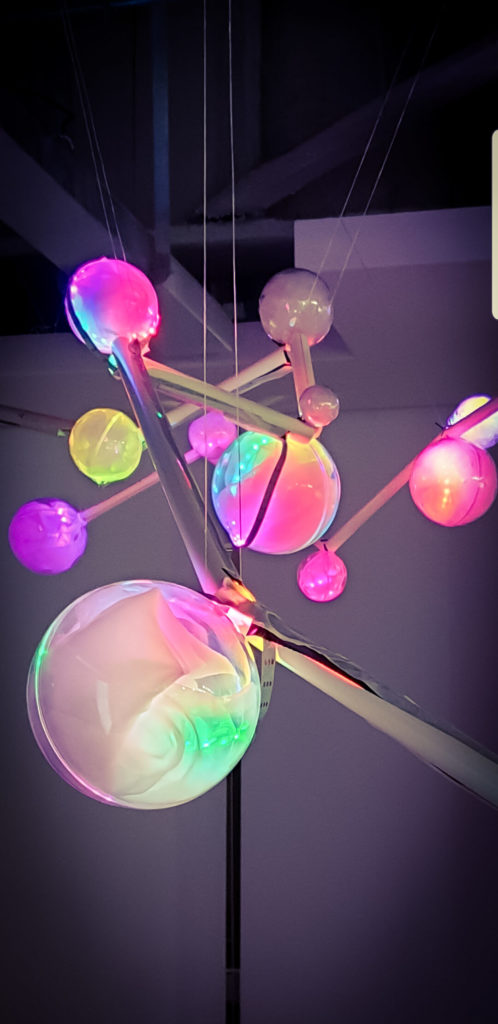
Corners of Disorder (Kyle Tarkiainen, Kleon Tran)
Project Description: “Utilizing film and spatial design, this project aims at rethinking how one can perceive and interact with a given architectural space. The corner, commonly perceived as the definite end to a physical structure, is contrarily represented as the beginning of an ongoing exploration through time and space. Acting as a point of balance and resistance between two physical borders, the visual stimuli is intended to reflect the obscure psychological and material relationship shared among the familiar architectural feature and its occupants. The corner depicts this journey through the slightly distorted representation of locations synonymous with our everyday lives. As a result, this depiction of the mundane architectural feature, often deemed as absolute and obstructive, is not perceived simply for what the given space is, but rather as a catalyst in questioning what the space may become.”
Materials/Tools: Camera, DJI gimbal, green-screen, field recordings, editing and post-production software
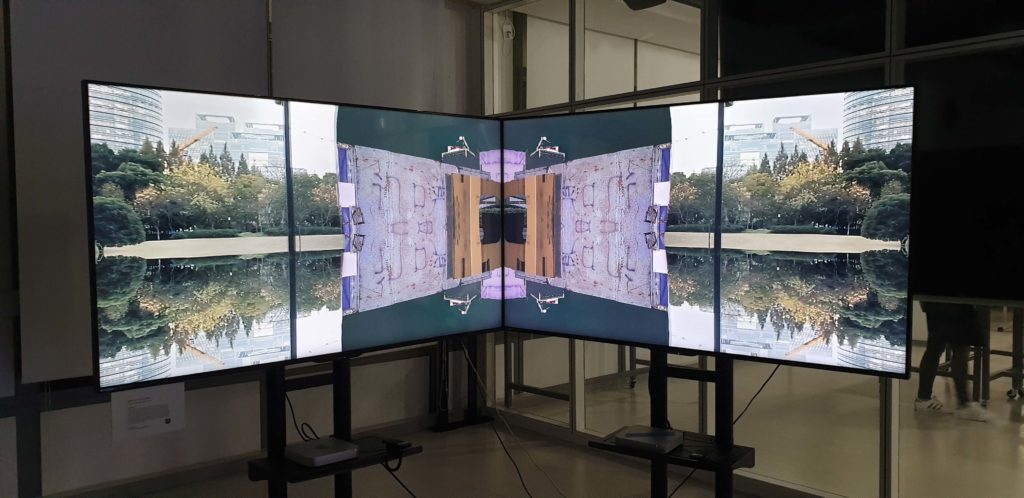
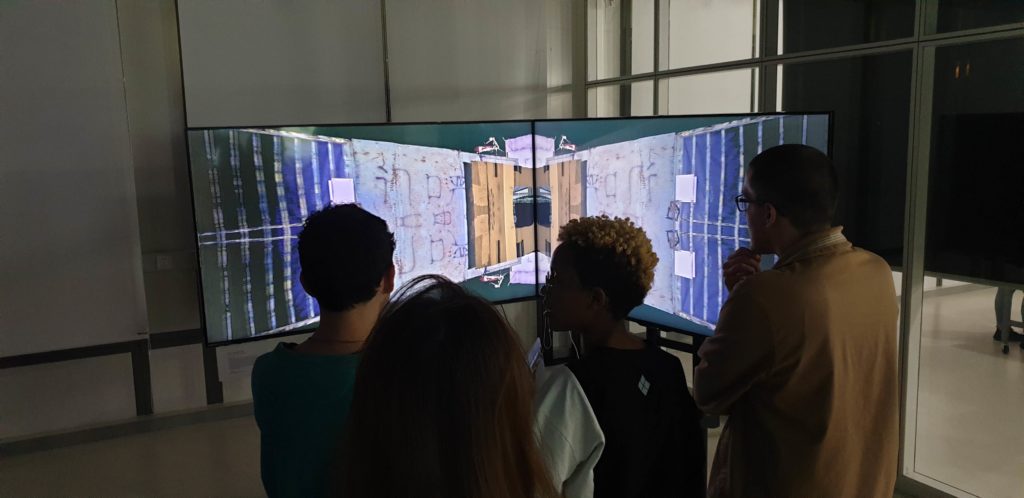
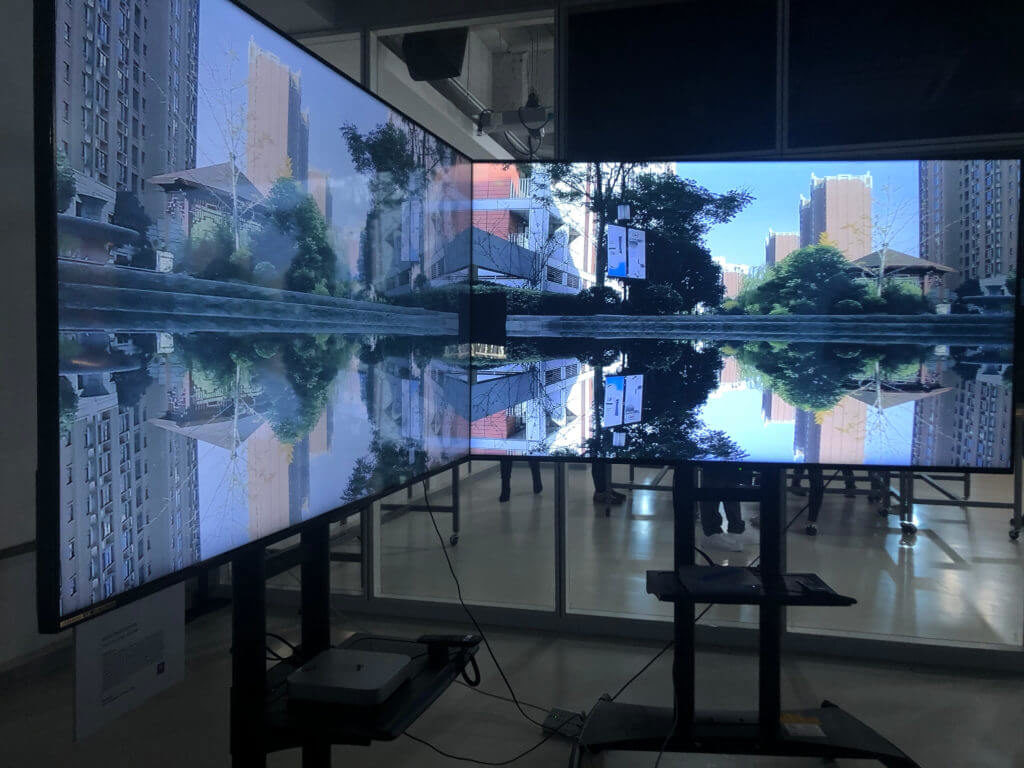
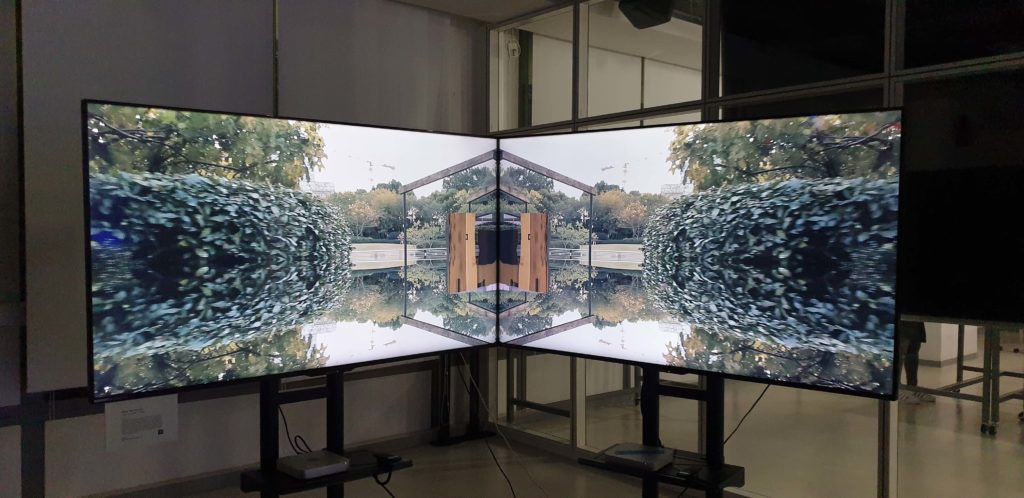
Transcending Windows (Rainee Wang, Patricia Feng)
Project Description: This project invites visitors to explore an installation space that discusses the connections between visual aesthetics, architecture, and music, in the content of Chinese traditional culture. Inspired by patterns found on the famous Suzhou Gardens, the wood panels utilized here have been specially crafted with laser-cut patterns and light film filters to create windows that offer a sense of transparency, and passages that invite users to enter inside the installation space. While inside the installation, different Chinese musical soundscapes are triggered (interactively) on different locations, allowing the visitor to explore through movement, listening, and viewing a reinvented Chinese cultural experience.
Materials/Tools: Illustrations, laser-cutting, LED bars, Arduino, sensors, LattePanda, MaxMSP
